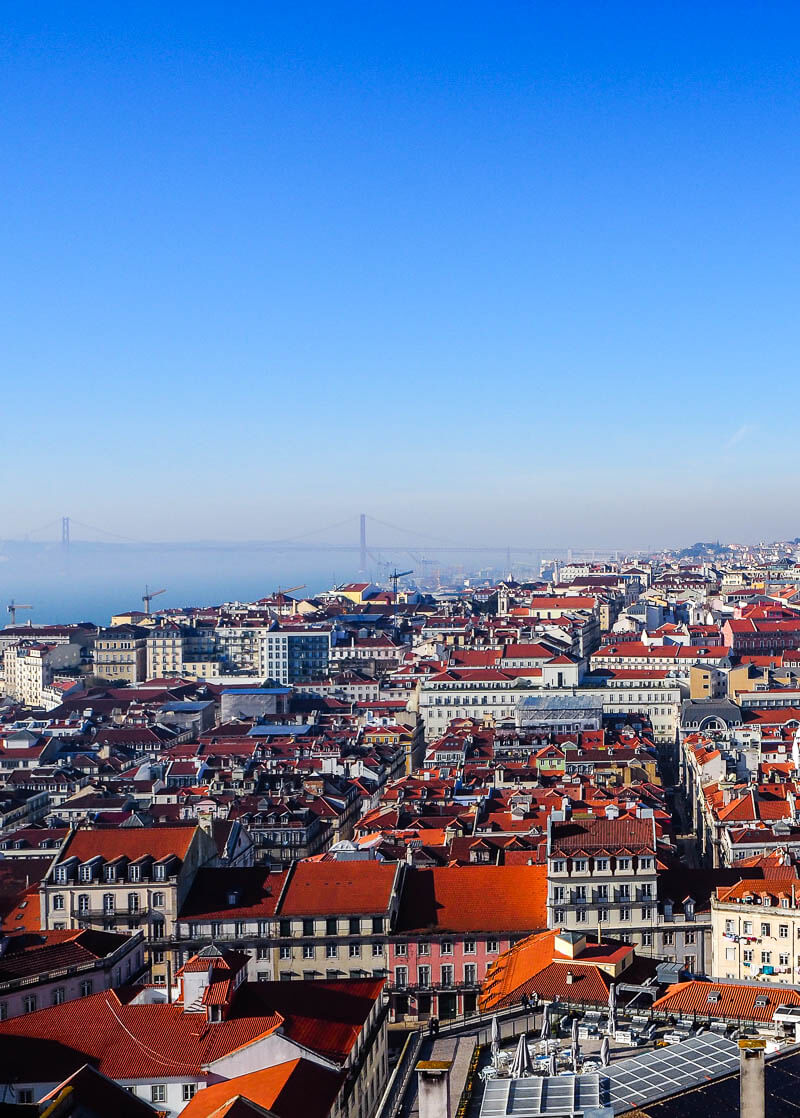
It seems like everyone is talking about Lisbon these days. As travelers become tired of the crowds and prices of Prague, Rome, Paris, and the other biggies in Europe, Lisbon has become the new trendy place to visit. After spending six days in Lisbon last year, I’ve compiled the best things to do in Lisbon into this travel guide to Lisbon. As always, let me know if you have questions or suggestions for what to see in Lisbon in the comments below.
Read more: How much does a trip to Lisbon cost?
Use this Google Map of the best things to do in Lisbon to help you plan your visit:
Why go to Lisbon?
Lisbon has a bit of everything: history, waterfront location, views from its many hills, a castle overlooking the city, and good food. Lisbon is a cosmopolitan city with an edge — it’s plastered with street art, youthful with trendy cafes and breweries, and diverse with many immigrants.
The city also has plenty of day trip options, making it the perfect base for a week with about three days dedicated to day trips. And compared to other European destinations, it’s an especially practical choice because it’s relatively cheap and the weather is mild.
Is Lisbon family friendly?
Yes! We found Lisbon easy with kids. Because we stayed in the center near the castle, we could walk almost everywhere, and public transit is plentiful and easy to use. The staircases on the city’s many steep hills turned into numerous play structures for them — they loved sliding down the railings when no one was around! And the aquarium made for a great day dedicated to the kids; it’s said to be the best in Europe.
Read more: Best Things to Do in Sao Miguel, Azores and How we packed carry-on only for Europe
Azulejos & Lisbon’s architecture
Lisbon has a unique look thanks to its architecture. At first glance, the views of red-tiled roofs may seem much like any other European city, but once you’re there, you’ll quickly notice all the colorful tiles decorating the facades. These tiles, called azulejos, are a traditional form of decoration and can be found in two basic forms: colorful abstract tiles used to cover a facade, and painted tiles used to create a scene (below).
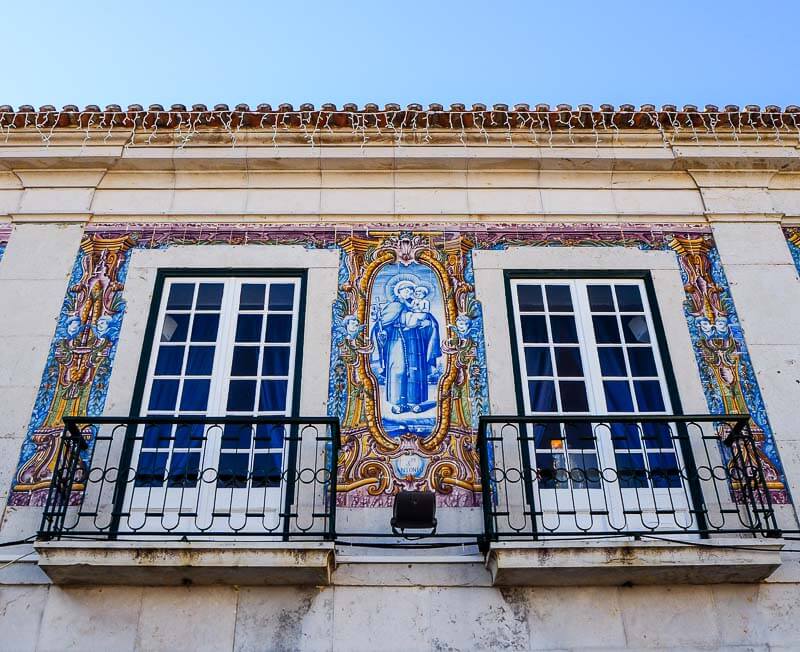
What’s the best time of year to go to Lisbon?
We visited Lisbon in early January and would definitely recommend it as a Winter Break destination. We had beautiful weather with six days straight of sun and mild temperatures that reached into the high 60s. There were still holiday decorations, including a huge Christmas tree in the Praça do Comércio and lights decorating the main streets in the center. Best of all, there were no crowds or lines at any of the places we visited.
Summer can get quite hot in Lisbon with August being the most expensive and crowded time of year to visit. If you do come in summer, try June when many places in Portugal have June festivities in the streets. January and February are the cheapest months to visit, while the shoulder seasons of spring and fall are more likely to have the combination of good weather and thinner crowds.
Where to stay in Lisbon?

Before we booked our stay, I spent hours trying to figure out what part of Lisbon to stay in. After visiting, I realized that you really can’t go wrong with any of the neighborhoods in the center of the city. Alfama, Bairro do Alto, Graça, and the area around the castle all provide safe, convenient places to stay. You can try hotels or Airbnb or Vrbo apartments in Lisbon.
We loved this apartment we rented through Airbnb and would highly recommend it if you’re looking for a clean, quiet, modern place with views (bonus: there are three bedrooms). It sits just below the castle on a quiet old street.
Because it’s located up near the castle, there are expansive views of the city below from the living area windows. Note that it’s located at the top of some of the city’s hills, so if mobility is an issue, this one might not be a good choice.
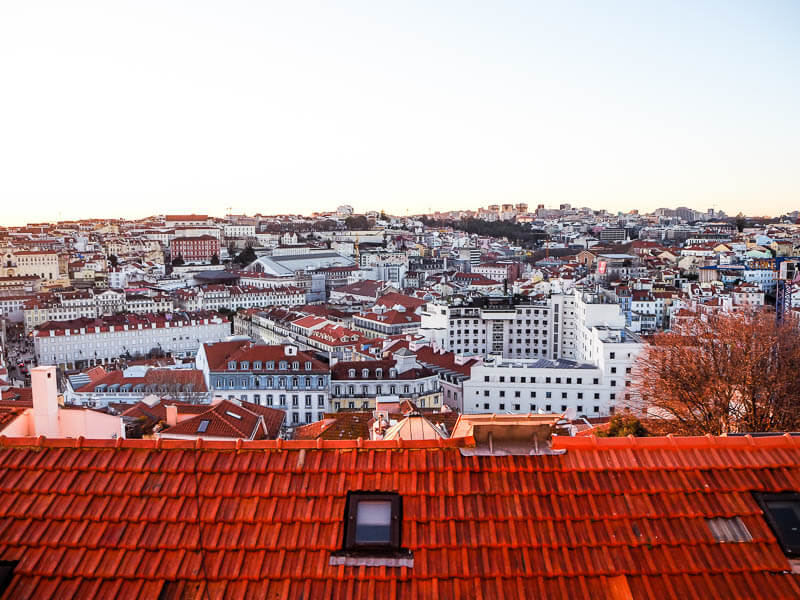
What to buy in Lisbon
Every city has its own things that are part of the cultural heritage of that place. In Lisbon, one of the most common items you’ll see is tins of sardines! But these are no ordinary sardines. They’re not only of excellent quality and taste, they’re packaged in beautifully decorated tins and sold in old conserveira shops like the one below. They’re inexpensive, and you can buy them for even less at local grocery stores.
Wine is one of the most important items made in Portugal, and you can buy a decent bottle of Portuguese wine for just a few Euros! You can learn more about Portuguese wines at a local wine shop/wine bar, or take your chances and choose something at the local market.
Ginjinha (or Ginja) is a sweet liqueur made from sour cherries, alcohol and sugar often served inside small dark chocolate cups. It’s a tasty alternative for those who enjoy port wine or other sweet after-dinner liqueurs and is widely available in small shops in Lisbon and nearby Cascais.
Azulejos (decorative tiles) are a nice way to remember the beauty of Lisbon. Try the National Tile Museum, Cortiço e Netos for unique items from the 1960s and later, and the Sant’Anna Factory for traditional tiles.
Every Tuesday and Saturday, there’s an outdoor flea market at Campo de Santa Clara in the Alfama neighborhood. Stop by here for unusual, handmade items that could make a special souvenir.
How to get around in Lisbon
Lisbon has many options for getting around. When we weren’t walking, we found Uber to be the best option — it was easy and cheaper than the metro since there were 6 of us. You can take the metro or tram, but hold onto your belongings carefully to avoid being pickpocketed on some of the busier trams. You’ll notice little tuk tuks around town — these can be useful for short rides but be aware that the price is often negotiated with the driver starting way high.
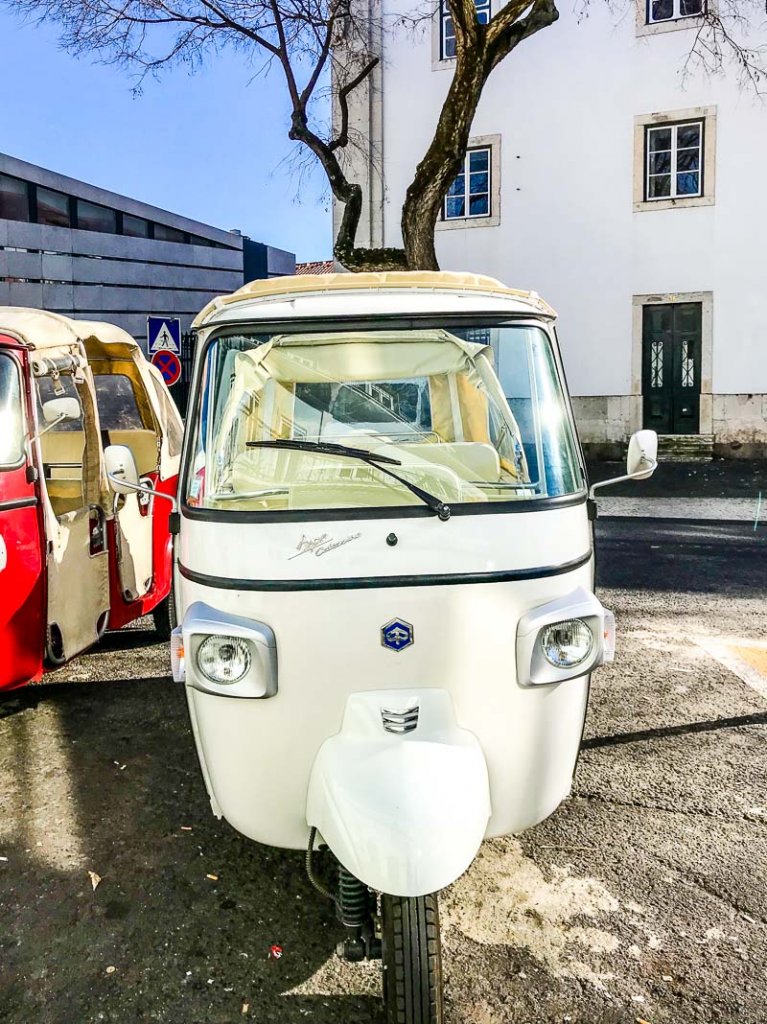
Local trains go to nearby cities like Cascais, and there’s bus service for places like Fatima that are not on train lines.
Taxis are another option as they’re easy to find at the city’s plazas. The best way to get from the airport to Lisbon was by Uber — it takes about 15 minutes and cost around 12 Euro.
A few elevators and funiculars carry people up and down Lisbon’s hills; some are free and some, like the famous Santa Justa elevator, cost a few Euros. If you’re trying to get up the hill to the castle, you can look for the free elevator (below). It begins at Pingo Doce grocery store in Baixa and climbs seven stories before dropping you off next to the Zambeze Restaurant on Calçada Marquês de Tancos below the castle. This is also a great point to start a walk through Alfama, the neighborhood just past the elevator as you walk toward the water.
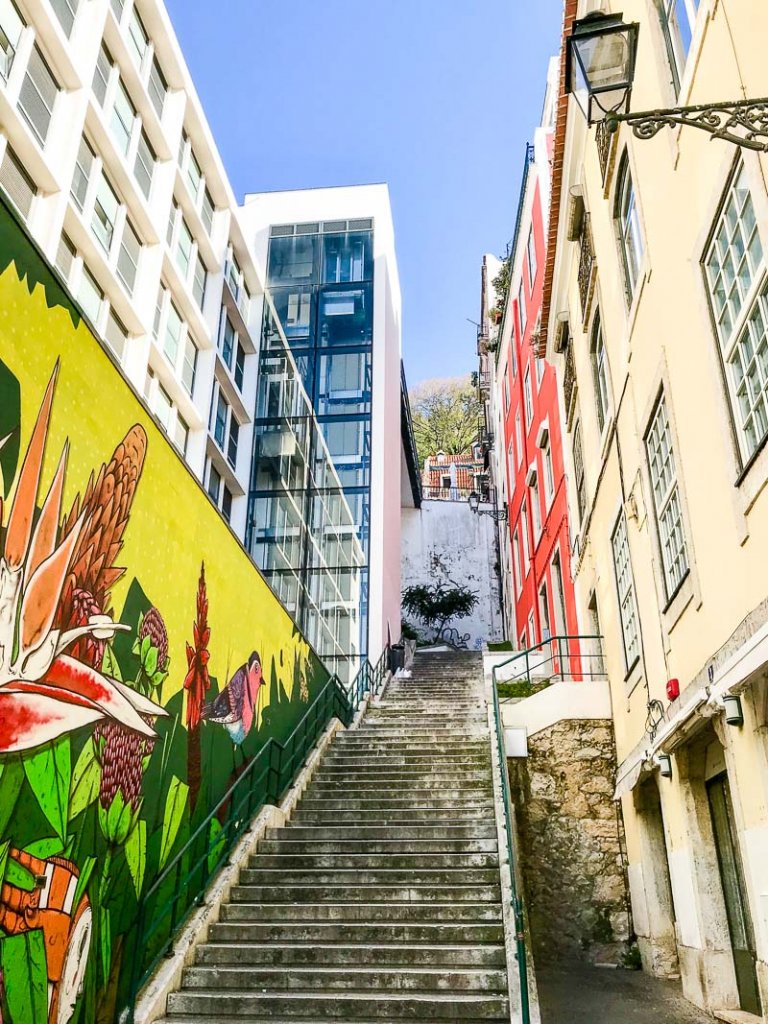
Best things to do in Lisbon
Castelo de São Jorge
At the top of any list of what to see in Lisbon, the city’s most obvious attraction, Saint George’s Castle, looks out over the city, reminding residents of the city’s Moorish past. Founded around 1500 years ago by Romans and then the Moors, it’s now mostly in ruins but its towers and huge stone walls are still impressive. The small museum is well worth a visit to understand the very long history of this place.
The castle opens at 9 am, and I suggest getting there then. You’ll have more of the castle to yourself before other tourists arrive and better light for photos than if you wait until later in the day. When we visited in January, there was no one in line for tickets.
Once inside, you’ll enter a large walled space to take in the views of the city. From there, you’ll walk through the old gardens and courtyards where the museum is located. Keep an eye open for peacocks in the courtyards and even in the trees! Eventually you’ll come to the large walled courtyards and castle towers. You can walk the castle walls from one tower to another.
Cost: 10 euros per adult, kids under 12 free, ages 13-25 are half price
Walk in Alfama
Alfama is the oldest neighborhood in Lisbon. Its maze of streets shows its age — unlike the straight grid of streets in Baixa, Alfama’s narrow cobblestone streets are less organized and much more charming.
The Alfama quarter retains its charm because it survived the devastating 1755 earthquake (and subsequent tsunami and fires) with very little damage. Here you can find quaint cafes and fado bars, beautiful old churches, and, if you visit in the early morning, you might get lucky enough to see local women selling fresh fish from their doorways.
Alfama tumbles down a tall hill from the castle to the water below, so try visiting from top to bottom to save your legs. You can get here by taking the free elevator from Baixa (see above) and then walking toward the river, or explore Alfama after visiting the castle. After walking down its hills, you’ll eventually come to the waterfront and the colorful plaza below.
Views of the city from above
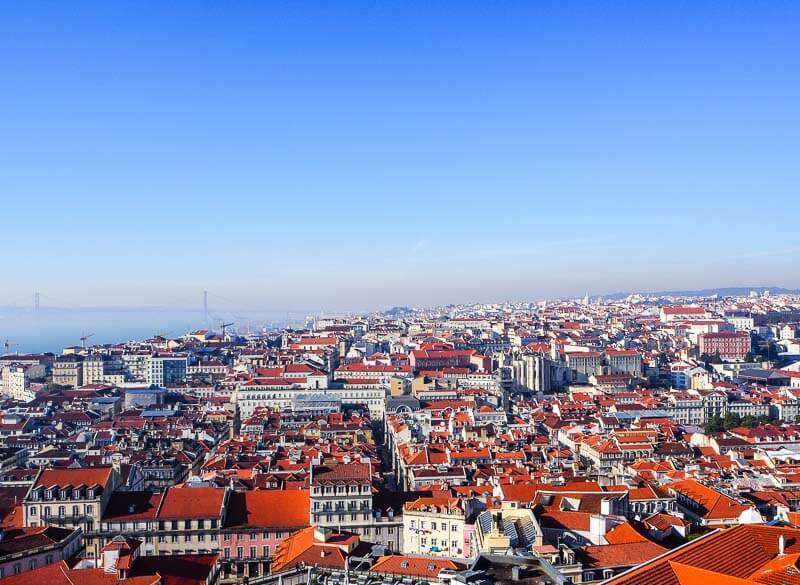
Lisbon is built on seven tall hills, so it’s all about the views from up above. Locals and tourists alike hang out at the miradouros, or viewpoints, especially at sunset. Some of them are located at a plaza, church or garden, and others even have a cafe so you can take in the view with a drink. See here for the city’s best viewpoints.
The most famous viewpoint is probably the castle as it provides expansive views of the city center all the way to the bridge. The view behind the castle overlooking Alfama is lovely, too.
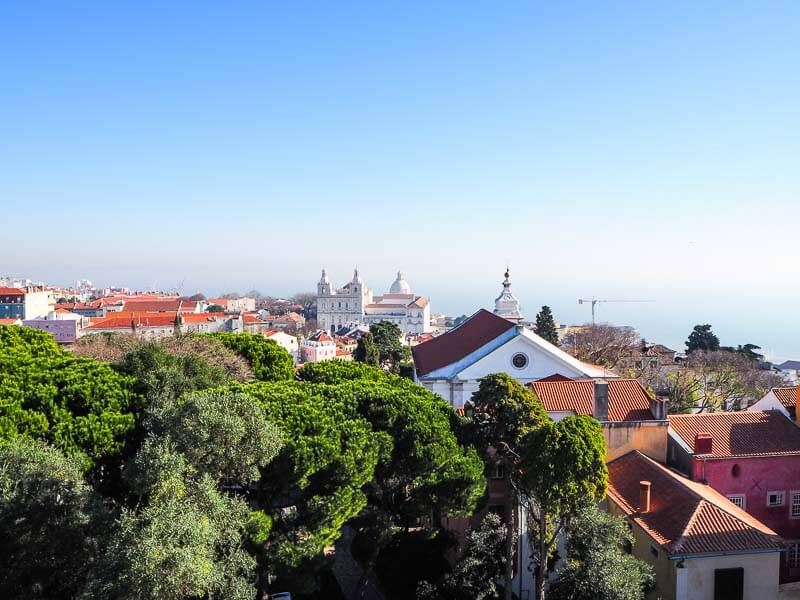
Another very popular viewpoint is Miradouro da Graça, on a tall hill not far from the castle in the Graça neighborhood. The viewpoint is located at the church. Check out the small square in front of the church, and then continue past the church to the Jardim da Cerca da Graça and the nearby murals (see below).
Jardim da Cerca da Graça
One afternoon while my in-laws were on a day trip to Fátima, I took a long walk through the Graça neighborhood, which was near our rented apartment under the castle. After climbing up to the church and Miradouro da Graça, we came upon this beautiful park.
First, you’ll notice a winding street reminiscent of Lombard Street in San Francisco, next to which is a rambling urban garden.
As you continue, you’ll come to a set of stairs and a curved walkway that lead to a long green space. On the lower side of the park is a children’s area with a big interactive sandbox. Even my 11-year-old loved this!
At the end of the park is one of our favorite discoveries, the murals of Caracol da Graça, as you can see below.
What to see in Lisbon: Amazing street art!
If you love street art, then Lisbon is a city for you. It’s striking how different it is from many other European cities — there’s a lot of graffiti and murals.
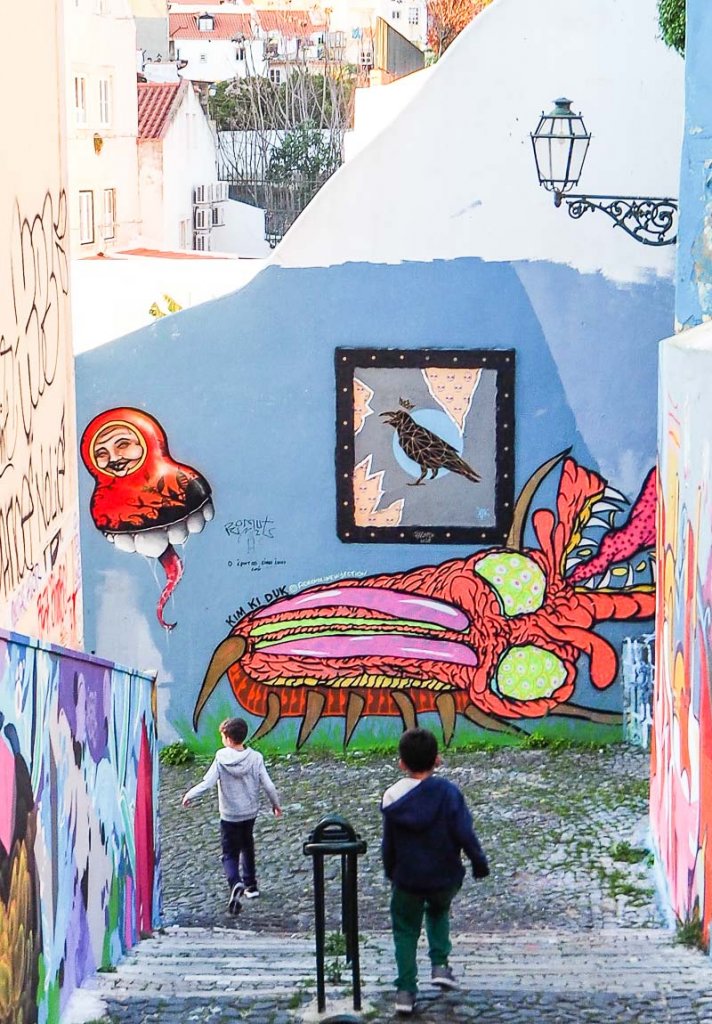
One of the best places to see murals in the center of town is Caracol da Graça at the end of the Jardim da Cerca da Graça, a park that’s worth visiting, too. You can walk here from the castle or from Miradouro da Graça (the park is just below the big church).
There are also quite a few murals on the way to the castle entrance, although those aren’t as nice as the ones in Caracol da Graça. If you are a real mural fan, try going away from the center to this neighborhood that’s decorated with hundreds of beautiful murals.
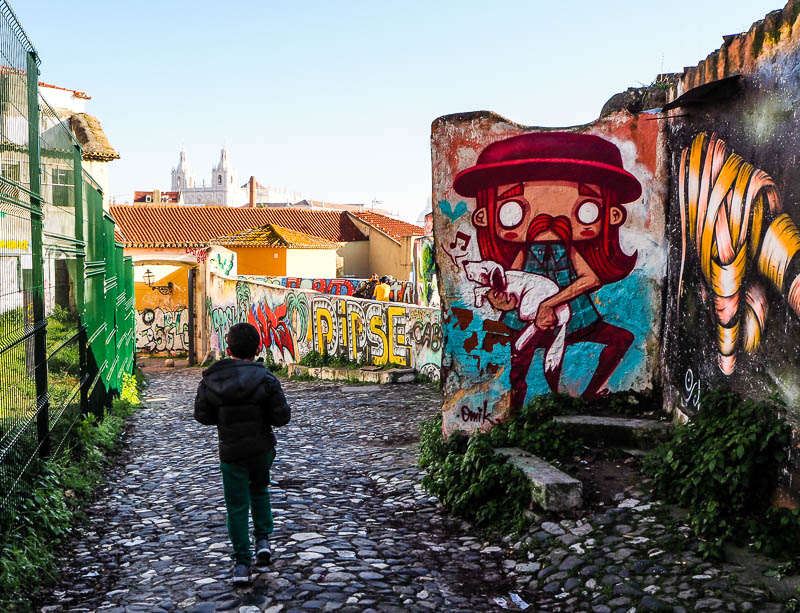
Ride Tram 28
Definitely on the list of best things to do in Lisbon: for a quick overview of some of Lisbon’s landmarks, ride the popular Tram 28E. The 45-minute ride from Praça Martim Moniz to Campo de Ourique on the rickety, 100+-year-old old tram car takes you on some of the city’s most quintessential streets with plenty of steep climbs along the way.
Praça do Comércio
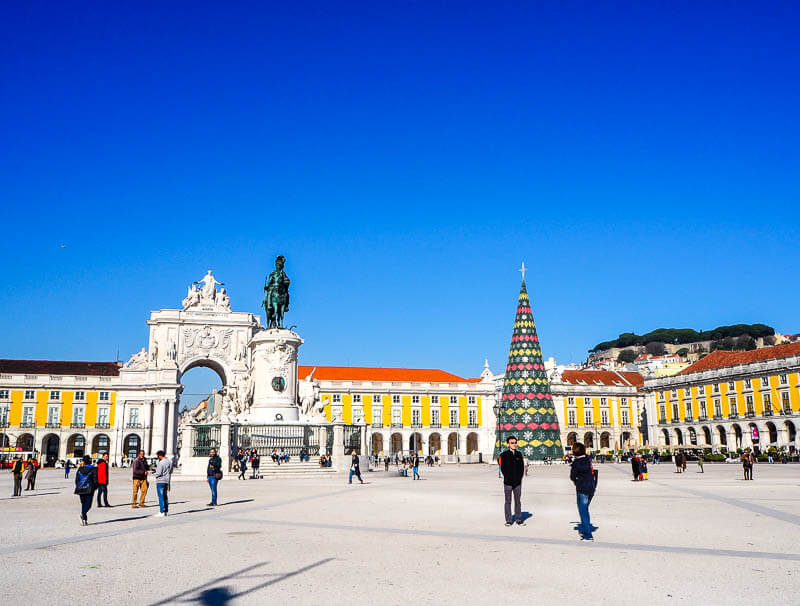
One of Lisbon’s best known views, the Praça do Comércio, or Commerce Square, is located right on the waterfront with the castle looming above. This used to be the place where everyone who came to Lisbon by boat would enter the city, and its neo-classical architecture and enormous center arch still give this square an air of grandness.
In the center of the square is a tall bronze statue of former King of Portugal Dom José I on horseback; the Royal Ribeira Palace was located here until it was destroyed by the 1755 earthquake (followed by a tsunami and fire), and during the king’s reign, the square was rebuilt in the style you see now.
Walk along the waterfront
One reason to love Lisbon is that it’s located on the water with a long, flat waterfront where people walk, bike and relax with friends over a coffee or beer. The Tagus River is wide here, giving the impression of a sea more than a river. You can walk along the waterfront starting in Alfama, at the Commerce Square (Praça do Comércio), or at the Time Out Market or LX Factory.
Take an evening stroll through the historic center
After arriving back in Lisbon after a day trip, we walked through many city center streets on the way back to our rented apartment. It was one of the nicest ways to experience the city — the streets were lit up for the holidays, restaurants had tables set up for outdoor dining, street vendors were selling their wares, and musicians were playing on street corners. For pedestrian-only streets, look to Baixa and the nearby small streets on the way up to the castle.
Santa Justa Elevator
The Santa Justa Elevator (Elevador de Santa Justa) was designed in the late 19th century. Its delicate iron work might remind you of the Eiffel Tower because that’s exactly what the architect had in mind when designing it. The elevator goes up 147 meters from Baixa to the Bairro Alto neighborhood. Note that it holds only 20 people going up and 15 going down and costs about 5 Euros to go up and back. At the top is a popular viewpoint, so have your camera ready!
Café A Brasileira
Tourists like us come here because it’s not only one of the most beautiful historic bars in Lisbon, it’s also the place where Fernando Pessoa is honored. Pessoa is Portugal’s most famous poet; I fell in love with his work after my then-boyfriend (now husband) introduced me to his work back in 1999. Outside the bar, you’ll notice people cozying up to a bronze statue of Pessoa, but the historic feel and lively atmosphere outside the bar make it worth the stop.
Museu Nacional do Azulejo
If you can’t get enough of those beautiful tiles you see all over Lisbon, you can learn about the history and see spectacular examples of the art form at the Museu Nacional do Azulejo. Bonus: it’s located in an early 16th-century. Entrance to the museum is 5 Euros per adult, kids free, ages 13-17 are half price. Open Tuesday-Sunday 10 am to 6 pm.
Graça Flea Market
The Feira da Ladra flea market is held every Tuesday and Saturday from early morning until early afternoon. This is a huge market that’s been going on in this very spot since 1882! While you’re there, you can visit the National Pantheon.
You can’t miss this white domed church on a hilltop in Alfama. It’s worth visiting not only for its beautiful Baroque architecture but also for the view of the city from the terrace. This is actually a national monument, not a church, and houses the tombs of important Portuguese figures.
Entry is 4 Euros, and it’s open October to March 10 a.m. to 5:00 p.m. and April to September 10 a.m. to 6:00 p.m. with the last entry 20 minutes before closing. If you come on a Tuesday or Saturday, don’t miss the flea market held outside.
Where to eat in Lisbon
Food in Lisbon means a lot of fish — actually, a lot of cod, or as it’s called there, bacalhau. This comes as no surprise to me because my husband is from Brazil, where, in the Portuguese tradition, they eat a lot of dried cod. All the various ways of preparing cod quickly get old for me, but because it’s their most typical dish, you should try it, especially at Ze dos Cornos (see below).
And look for bolinhas de bacalhau in corner cafes — these deep fried balls of shredded codfish, with herbs and sometimes mashed potatoes, are a cheap and quick snack and so very Portuguese.
Just be aware that there’s a lot of cod on the menus of restaurants serving Portuguese food. Luckily, the city is diverse and therefore has lots of other options, from Thai and Indian to Lebanese and more.
Besides cod, be on the lookout for these traditional items:
- pastel de nata, the egg custard that you’ve probably seen on Instagram. You may know it by its other name, pastel de Belém, which is only used for the pastries made at the cafe in Belém. Otherwise, it’s pastel de nata, or egg custard tart, a custard sprinkled with cinnamon in a flaky puff pastry crust.
- ginjia: a sweet wine made from cherries.
- bifana is Lisbon’s most typical sandwich. It’s a simple item with marinated pork stuffed inside a crispy roll. Many locals like to add yellow mustard to theirs. It’s often served at small bifana stands or bars.
- caldo verde is a traditional Portuguese soup made from potatoes and kale. It’s a simple soup but so tasty and soothing when done right. You can find it at many restaurants as their soup of the day.
Recommended places to eat in Lisbon:
We had one of our favorite meals of the trip at this cozy, welcoming restaurant . Stop here for sangria, homemade pasta and focaccia, fish grilled and served whole with roasted potatoes and veggies, or a burger. They also serve breakfast and brunch with fresh croissants and pancakes. In warmer months, enjoy outdoor dining on a tranquil square below the castle.
O Corvo: At Largo dos Trigueiros 15A in the Mouraria neighborhood (under the castle), open 9am-11pm Mon.-Thurs., to midnight Fri.-Sun.
Ze dos Cornos:
Look for this tiny restaurant for a typical meal surrounded by locals. Finding a spot to sit might be a challenge, but don’t give up — see if you can squeeze in somewhere or try coming early or in late afternoon when locals are less likely to be enjoying a meal. The food here is not fancy, but it’s tasty, affordable, and very typical of Portuguese cuisine. Generous portions of ribs and bacalhau (dried cod fish) are served with salad, fries, and cheap table wine.
Ze dos Cornos: Beco Surradores 5 in the Mouraria neighborhood (under the castle), open 8am-11pm Mon.-Sat.
Bebedouro wine bar:
Bebedouro Wine and Food is a bit pricier than other local options, but it’s located right in the Baixa area on the way to the waterfront and Praça do Comércio. This small bar and serves tapas, main dishes, and of course wine from the Douro region of Portugal. We loved the creative cheese platters and salads, and our server gave us an impromptu education in Portuguese wines. Not a particularly kid-friendly choice, although the server was very welcoming to our family.
Bebedouro Wine and Food Bar: Rua de São Nicolau 24 in the Baixa neighborhood, open 12:00 PM – 11:45 PM
Pois Cafe
This cozy cafe in Alfama is a friendly place to relax with a hot drink or a glass of wine and something sweet. They also small plates like salads and sandwiches, brunch, and a daily meal of soup, plate of the day, and a drink for 9.5 Euros.
Pois Cafe: R. de São João da Praça 93-95 in Alfama, open Monday 12:00 pm to 11 pm and Tuesday to Sunday 10 am to 11 pm
There’s almost nothing we love more than a good food market, and Time Out Market Lisboa did not disappoint. Long wooden tables in the middle are bordered by small shops selling sweets and tins of sardines (of course) and restaurants serving all kinds of food from gelato and hamburgers to Portuguese fish dishes and Thai noodle dishes. The food here is a little pricey, but the convenience, atmosphere and variety make up for the inflated prices.
Time Out Market: Av. 24 de Julho 49 on the waterfront, open 10 am to midnight Sunday-Thursday, 10 am to 2 am Friday and Saturday
LXFactory
LXFactory houses dozens of shops, restaurants, bars and cafes in an artsy industrial complex on the Tagus River. Besides places to eat and drink, LXFactory includes the photogenic bookstore Ler Devagar (“Read Slowly”) and, on Sundays, the LxMarket, called “Lisbon’s favorite contemporary hippy-chic market.” Each shop and restaurant can set its own hours, but generally LXFactory is open from late morning to late at night.
LXFactory: Rua Rodrigues Faria, 103 on the waterfront. Open daily.
What to do with kids in Lisbon
The Aquarium of Lisbon:
We visited the Oceanário de Lisboa on our last day in Lisbon as a way of rewarding our kids, but we all loved it. It’s said to be the nicest aquarium in Europe, perhaps because of its focus on recreating wild environments and educating the public on conservation. Besides the enormous wrap-around tanks full of huge sunfish, rays and sharks, you’ll love the recreated habitats and sustainable restaurant downstairs.
Entrance to the aquarium is about $55 per family — this covers entry to the permanent and temporary exhibits for 2 adults and 2 kids 12 and under. In my opinion, this is one of the best things to do in Lisbon for families.
The aquarium is not in the center but is easily reachable via a 10-15 minute taxi ride from the center. It’s located in a modern district on the river — leave a bit of time to explore the area around the aquarium and take a ride on the nearby gondola.
Gondola
If you go to the aquarium, you can finish the day with this gondola ride for just a few Euros. It rides at almost 100 feet over the Tagus River with panoramic views of the water, Nations Park, and the Vasco de Gama bridge, the longest bridge in Europe! You can take a one-way ride and then walk back through the park.
Bakeries
Like Starbucks in the U.S., bakeries are found on almost every block in Lisbon. If they’re not fans of pastel de nata (my kids weren’t), they’ll delight in the cakes and, if you’re lucky, brigadeiros, a small caramel fudge ball from Brazil that’s made its way into Portuguese culture.
Waterfront
The waterfront along the Tagus River provides lots of safe, open space for kids to run and play.
Jardim da Cerca da Graça
This park in Graça has an area for kids with a huge interactive sand box. Don’t miss the murals at the far end of the park.
Staircases
Sometimes the simplest things are the ones kids love the most. That holds true in Lisbon where my kids’ happiness was based on the number and variety of staircases they’d encounter each day. On the streets near the castle, there’d often be no one around, so they could slide down over and over again.
Day trips from Lisbon
Things to do in Belém
A day trip to Belém is an absolute must if you have even a couple of days in Lisbon. Belém is basically an extension of Lisbon as it lies just past the city on the Tagus River. It’s easy to get to and very worth it for its UNESCO World Heritage Sites. There are basically three must-see places in Belém, all near each other: the Tower of Belém, the Monument to Discoveries, and the Jerónimos Monastery.
Jerónimos Monastery
A UNESCO World Heritage Site, the Mosteiro dos Jerónimos is truly a must-see. The monastery, with its courtyards and cathedral, is a stunning example of the ornate architectural style from Portugal during the 15th century. You’ll need at least an hour to walk through the complex and appreciate all the fine architectural details. Entry is $10 per adult, kids up to age 12 are free, adults with kids under 18 get a 50% discount.
Tower of Belém
One of the most famous views of Lisbon, the Tower of Belém is actually not located in Belém, just down the street from the monastery. Another example of the ornate architecture from Portugal, the tower once served as an important military outpost.
Entry to the tower is about $7 per adult, kids up to age 12 are free, adults with kids under 18 get a 50% discount, and includes access to the courtyard on the water and the inside of the tower, which you can climb. Open 10 am to 5:30 pm October to May, 10 am to 6:30 pm May to September, and closed on major holidays.
Discoveries Monument
The Discoveries Monument, or Padrão dos Descobrimentos, is a new addition to the historic sites in Belém. Built in 1960 to commemorate Portugal’s accomplishments, it represents a ship ready to depart as they did during the Age of Discovery and Exploration 500 years ago. The area around the monument is decorated with the most beautiful cobblestone designs I encountered in Portugal.
Inside the monument is a small exhibition space with temporary exhibits and an elevator that takes you to the top for panoramic views of Belém over the water and the nearby Jerónimos Monastery. While you can visit the outside of the monument anytime, the inside is open 10 am to 7 pm (in winter, until 6 pm and closed on Mondays) and costs about 6 Euros per person. Note that the monument sits across a busy road from the monastery, but you can use the underpass to cross.
How to get to Belém from Lisbon:
You can take a taxi or Uber for about 10 Euros, depending on where you start from in Lisbon. The trip takes only about 10-15 minutes from the city center. You can also reach Belém by tram, which we did not try but I hear you can take either tram 15 or tram 127 from the Praça da Figueira or Praça do Comércio in the historic center and then get off at the Jeronimos Monastery. The monastery is first, so if you pass it and get off at the Tower, that’s OK too.
Day Trip to Cascais
Cascais is a popular day trip destination from Lisbon, and we enjoyed a relaxing winter day here. There’s a small historic center with pedestrian streets decorated in the typical black and white cobblestone designs. While there, you can stop at one of the restaurants for outdoor dining, but we found the food uninspired and over-priced. Nearby is a small beach and ferris wheel with nice views over the water.
We especially enjoyed Cascais when we got away from the center and explored some of its charming, quiet streets where we came upon colorful houses, parks, gardens, and the citadel. There’s plenty more to do in Cascais, but I’ve heard that it’s packed in the summer, so you may want to skip it during the high season when people flock to its beaches.
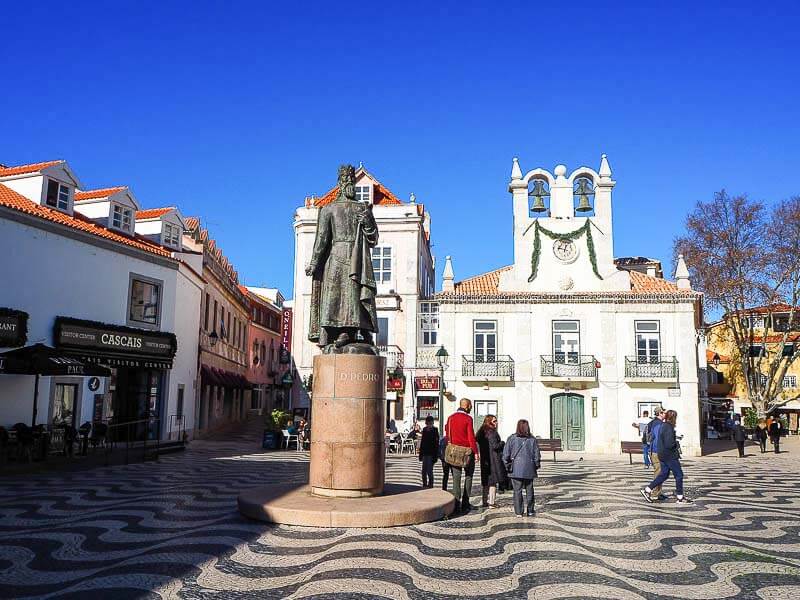
Want to know more? See this article of reasons to visit Cascais and top things to do in Cascais.
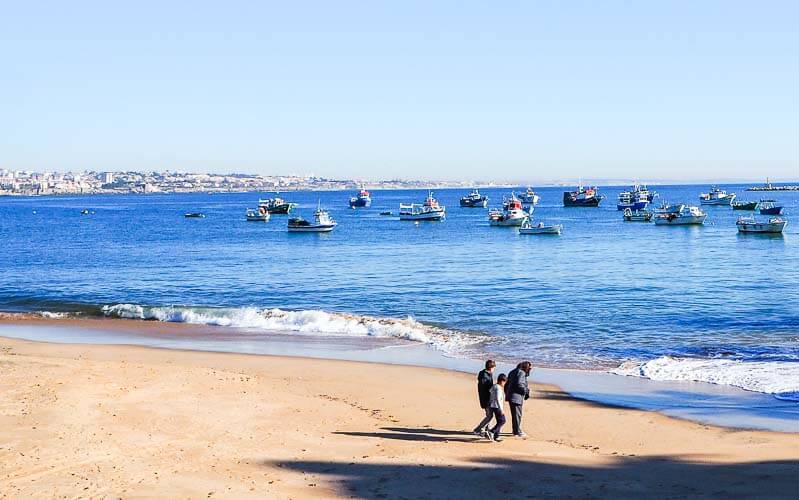
How to get to Cascais from Lisbon:
Trains depart every 20 minutes from the Cais do Sodre station in Lisbon. Tickets can easily be purchased from the station the day of travel ( €2.20/€1.10 adult/child). Be sure to sit on the left side going to Cascais for the best seaside views.
Sintra
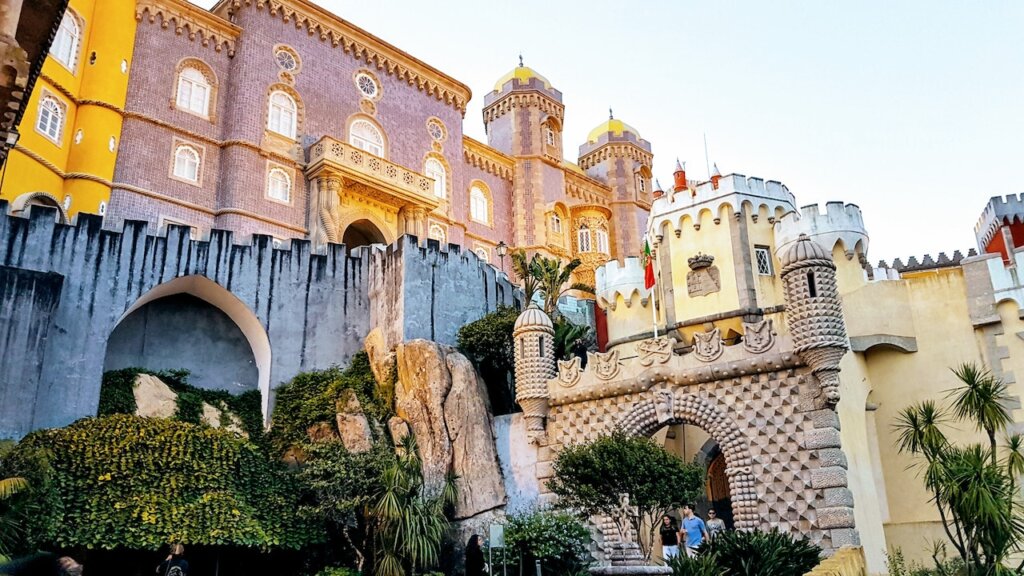
Unfortunately, we didn’t have time to visit Sintra, but it is on my wish list for a return visit. This city in the hills outside Lisbon is known for its ornate 19th-century architecture; with many places to visit — gardens, palaces, villas and castles — it was classified as a UNESCO World Heritage Site. Note that the city is quite hilly and requires a lot of strenuous walking if you want to visit the main sights. Learn about the best things to see in Sintra.
How to get to Sintra: Sintra is a 45 minute train ride from Lisbon. Once you arrive in the center, you can hire a taxi or tuk tuk or take a bus to the to of the hill. You can also walk, but it is strenuous and I’ve heard the road isn’t well suited to walking.
Fátima
If you have Catholics in your family, you should put this on your list of day trips from Lisbon. The small town of Fátima is where the Virgin Mary supposedly appeared to three children in 1917 and is now an important religious pilgrimage site. Besides the Capelinha das Aparições (the spot where she appeared), visitors flock to the huge Basílica de Nossa Senhora do Rosário, the modern church of Igreja da Santíssima Trindade and the Museu de Arte Sacra e Etnologia to see religious artifacts. You can learn more here.
How to get to Fátima: You can go by car or train, but the bus is easy and more direct. Rede Express buses run from Lisbon’s Sete Rios station. The trip takes about 90 minutes.
I hope you find this travel guide to Lisbon helpful. What questions or tips do you have about the best things to Do in Lisbon? Let me know in the comments below.
Ler Devagar photo credit: Daniela Goulart on Flickr and National Pantheon photo credit: Cycling Man on Flickr

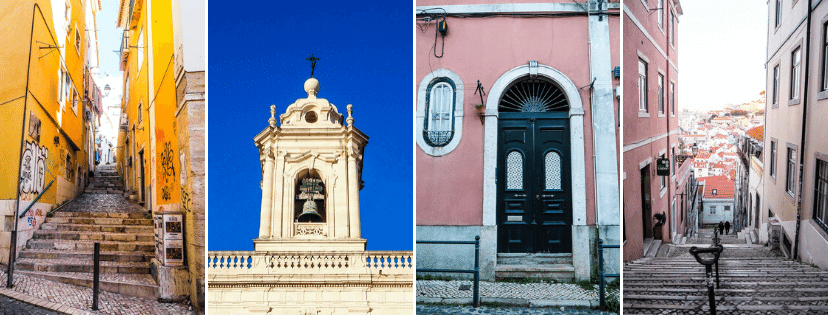
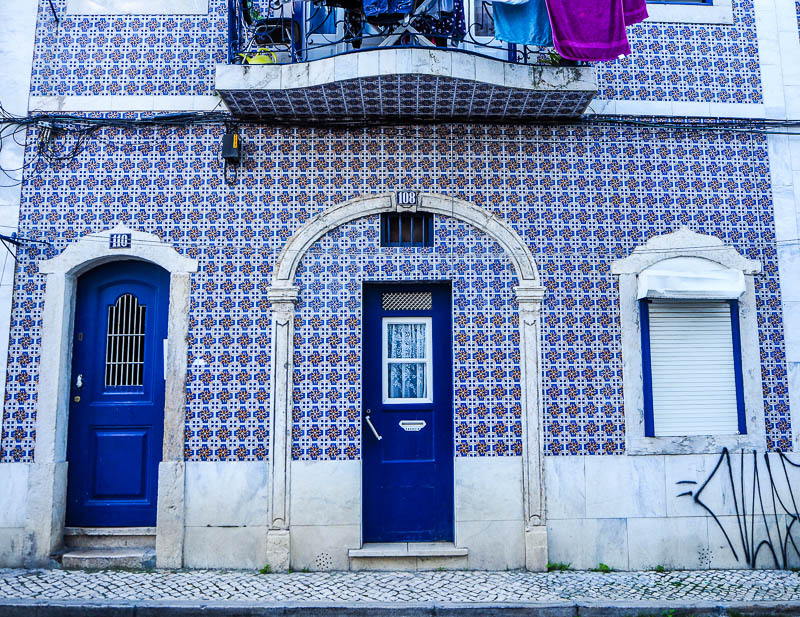
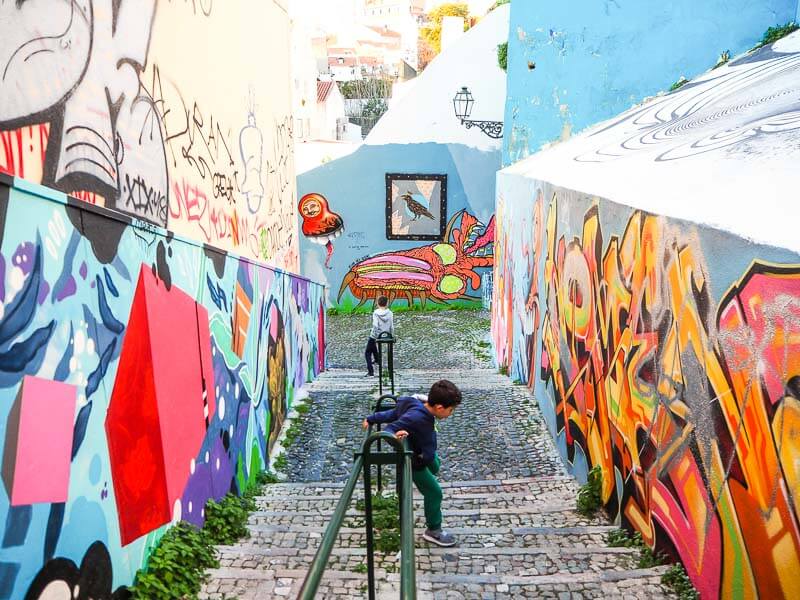
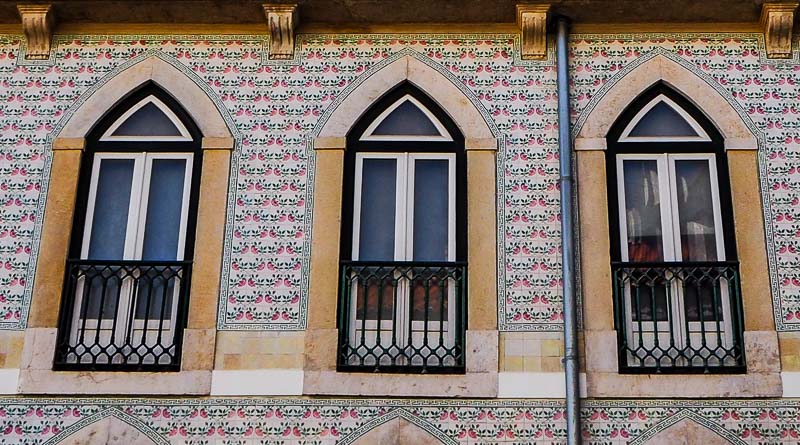
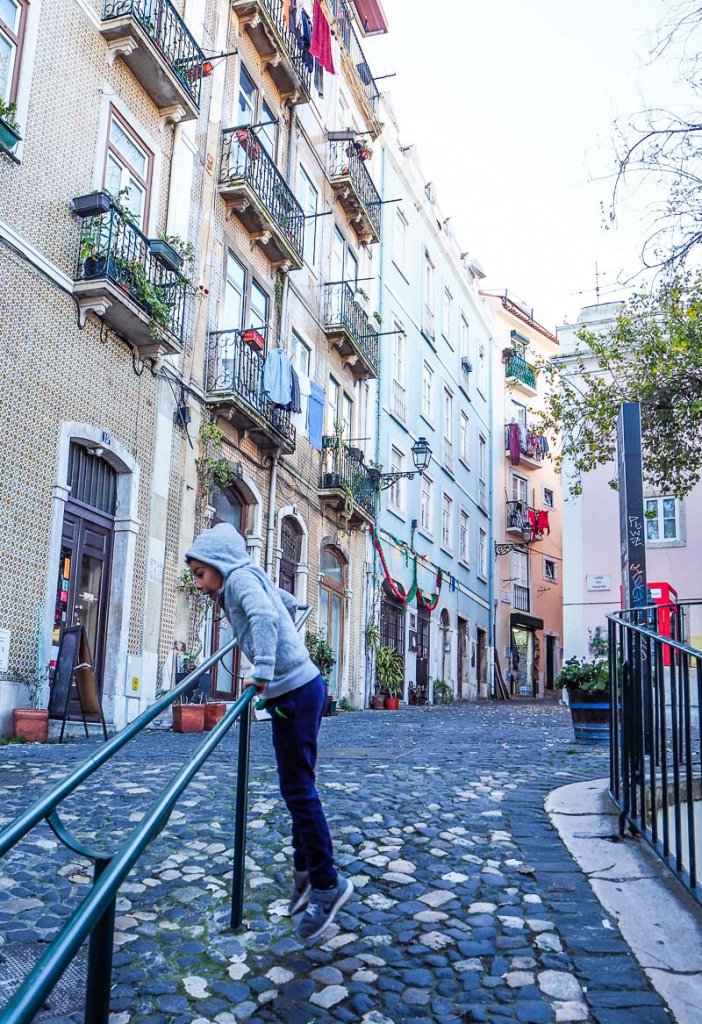
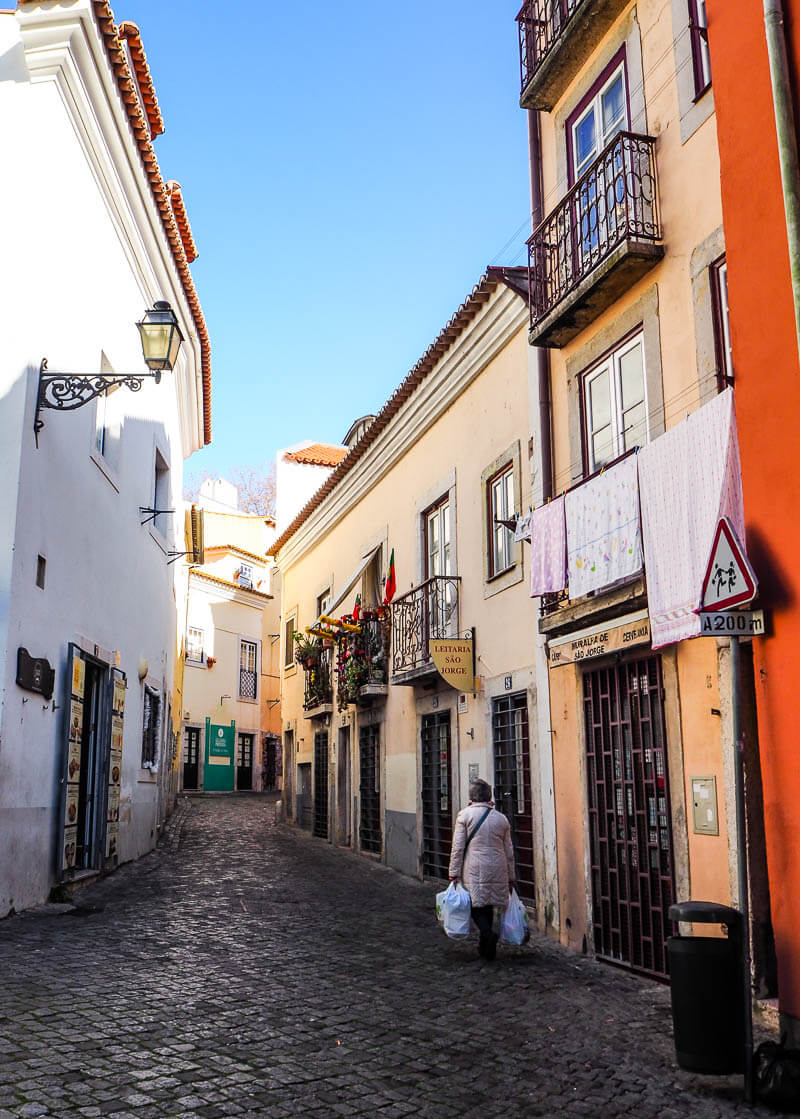
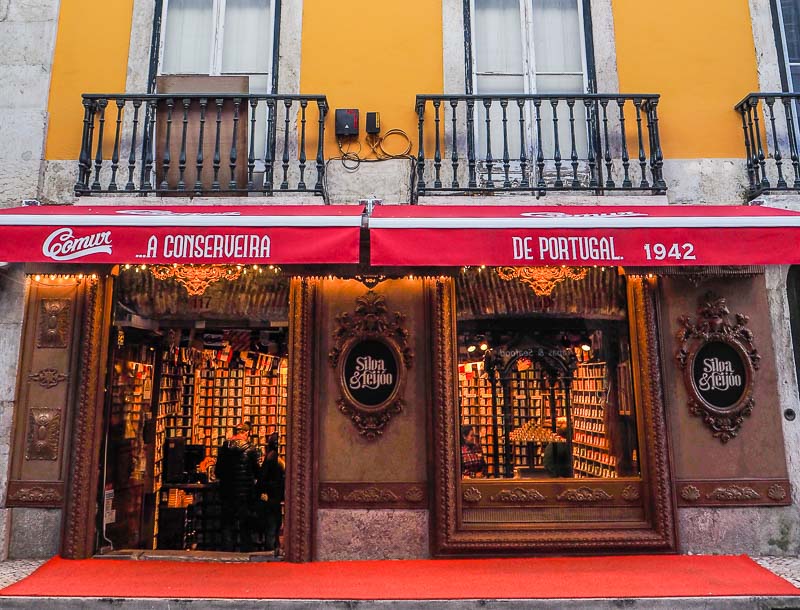
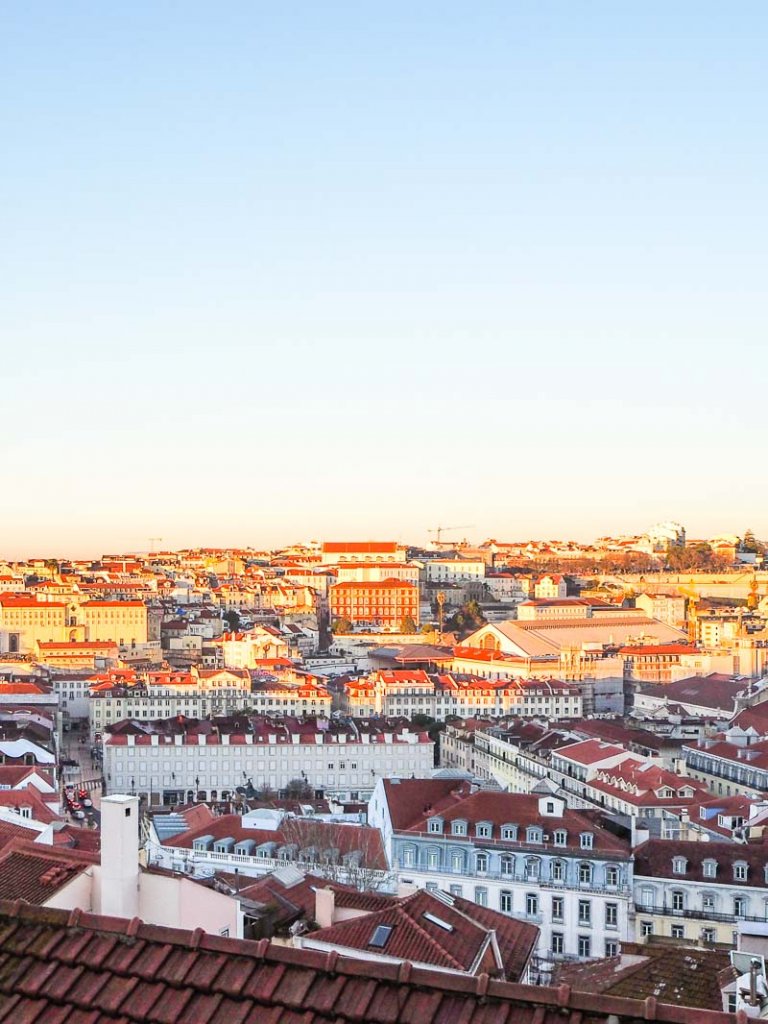
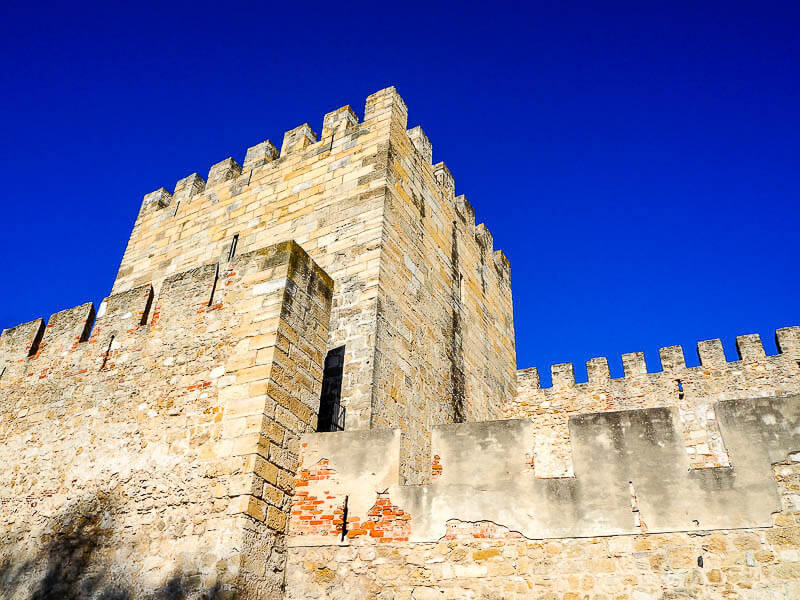
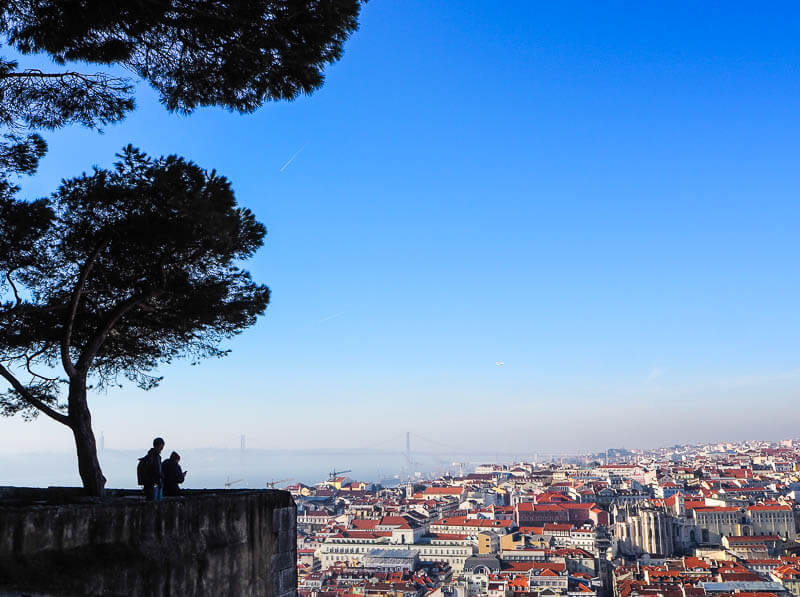
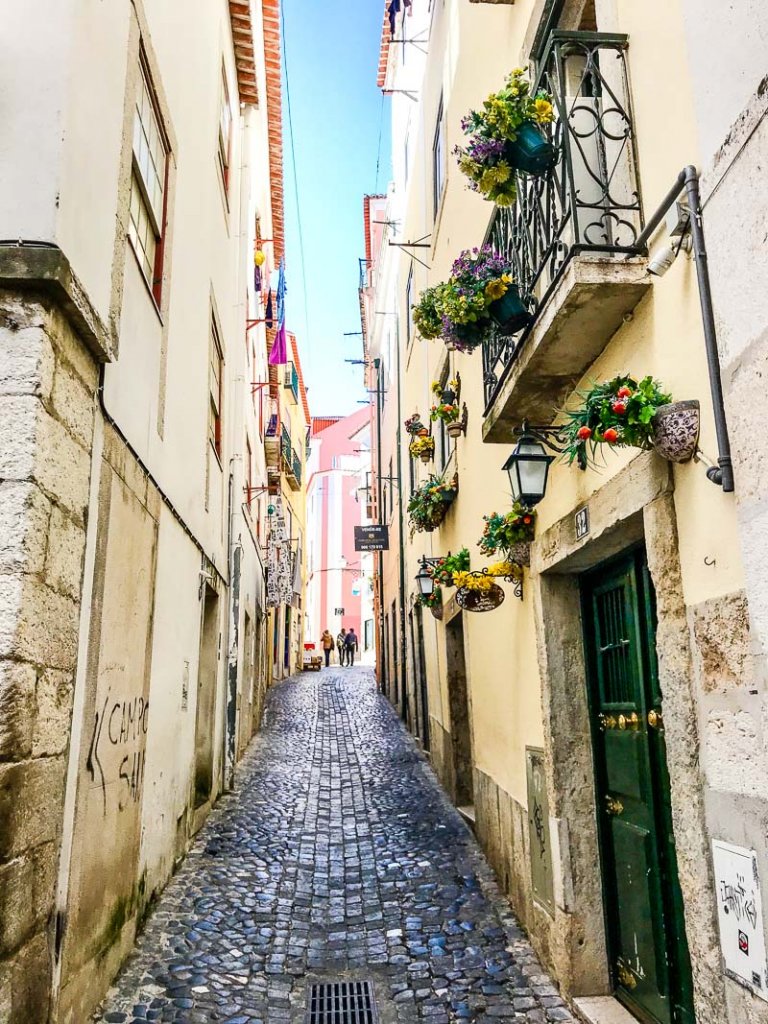
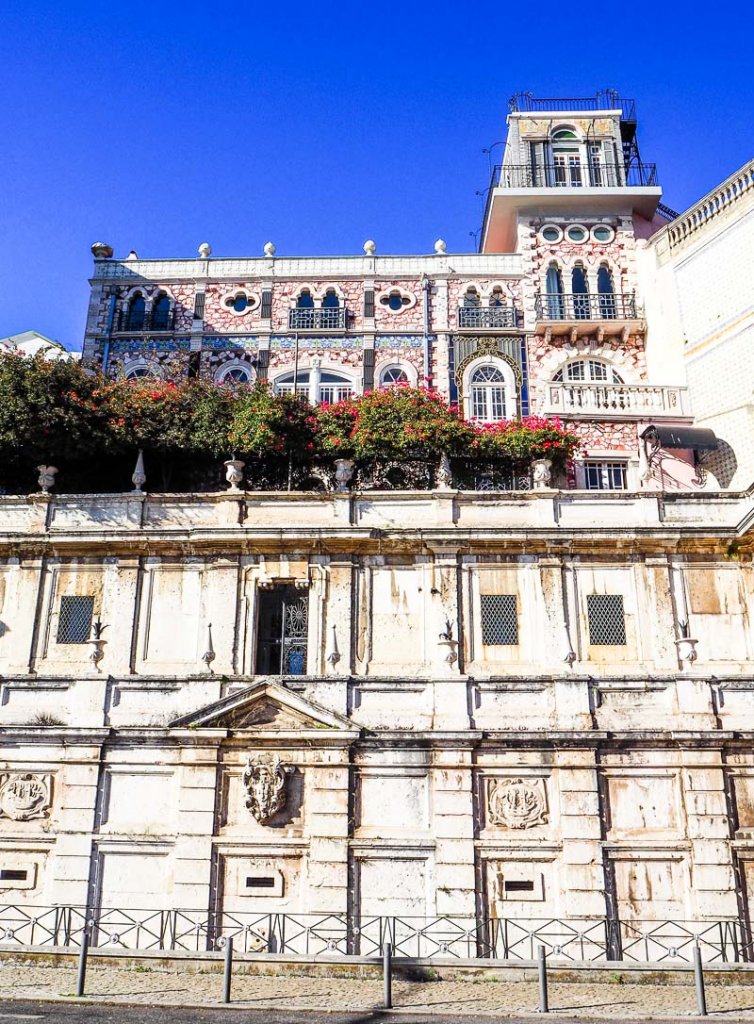

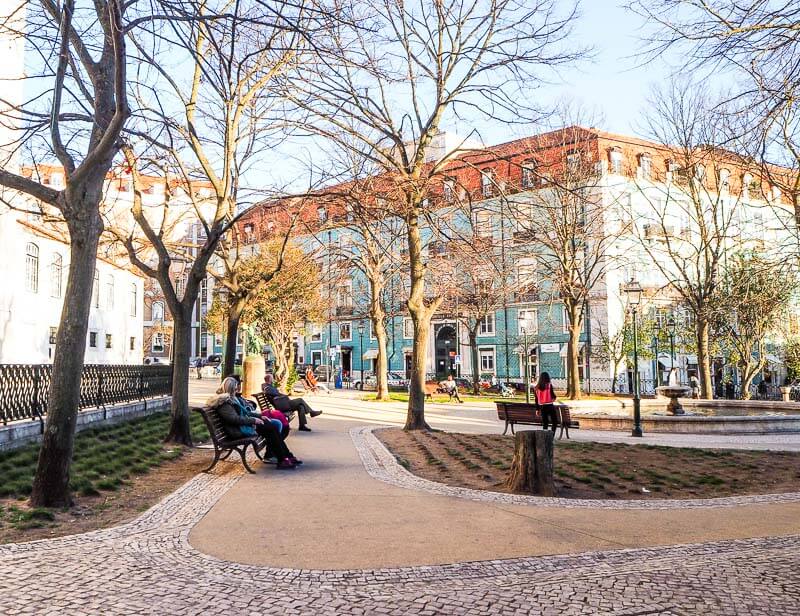
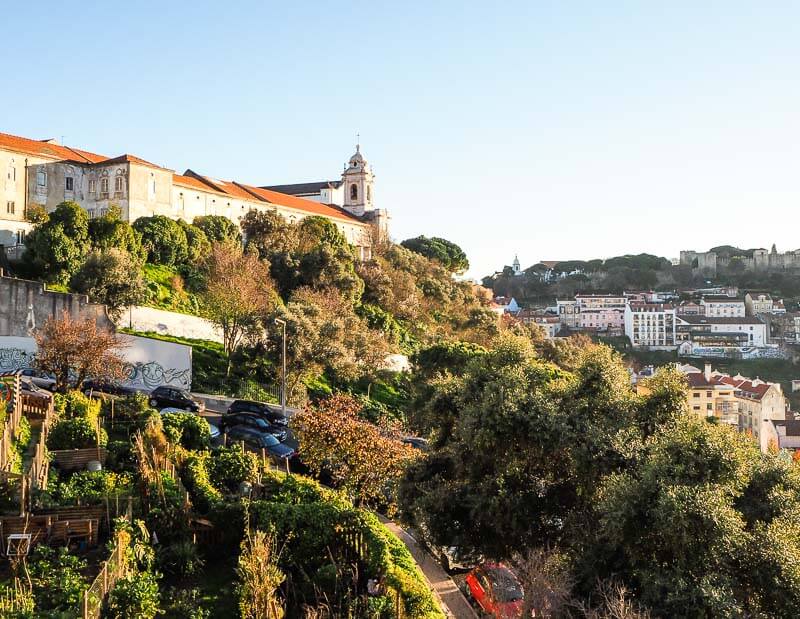
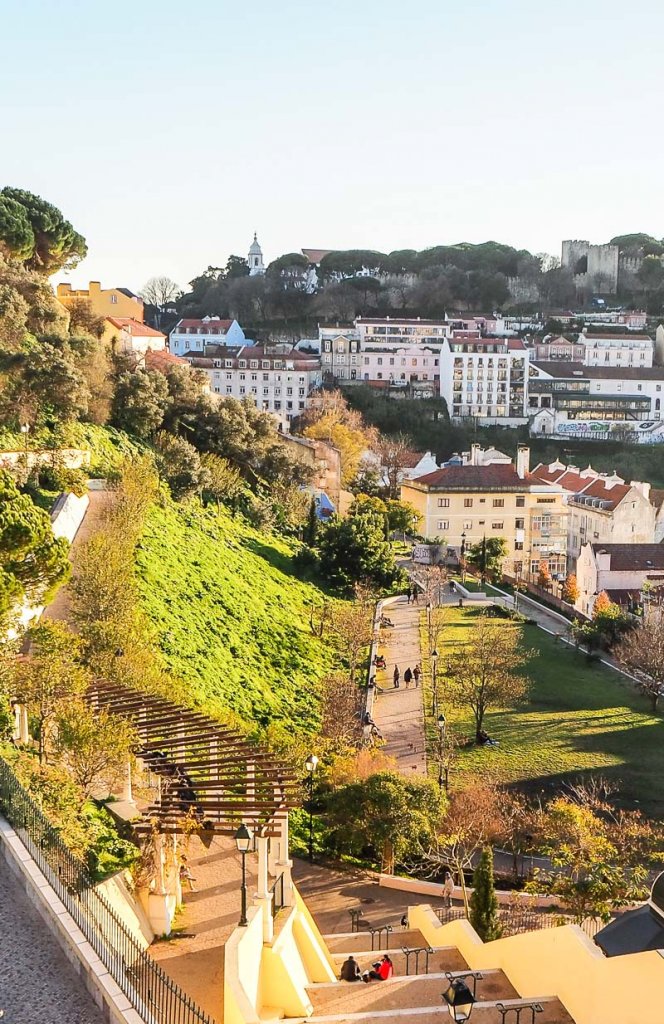
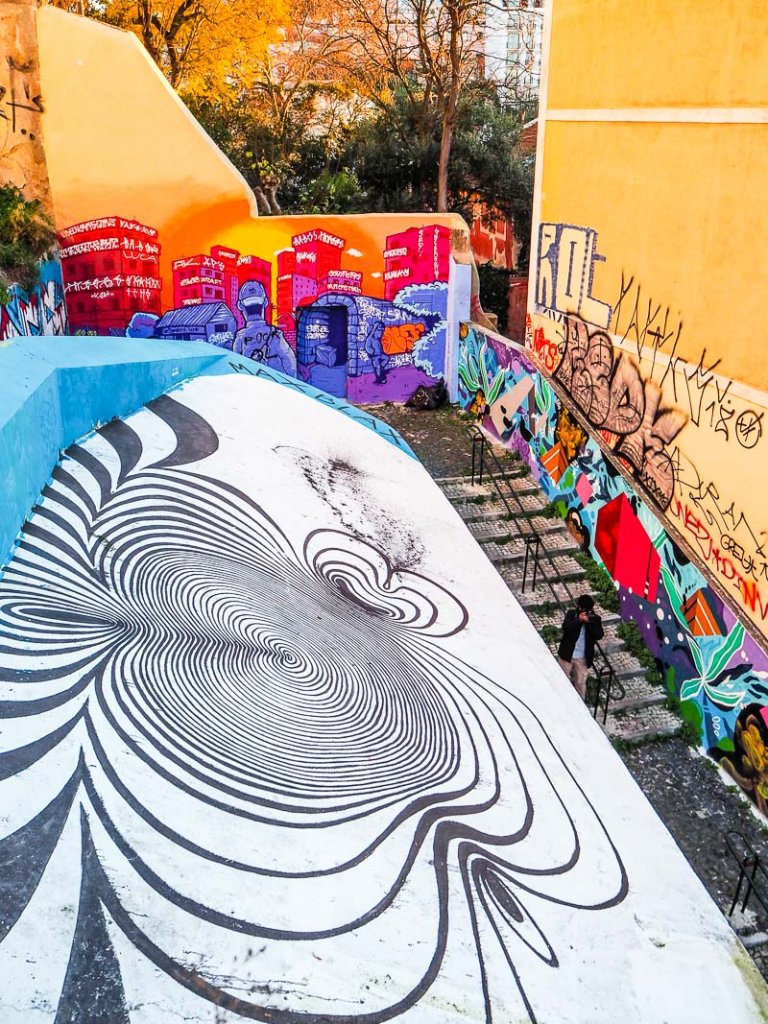
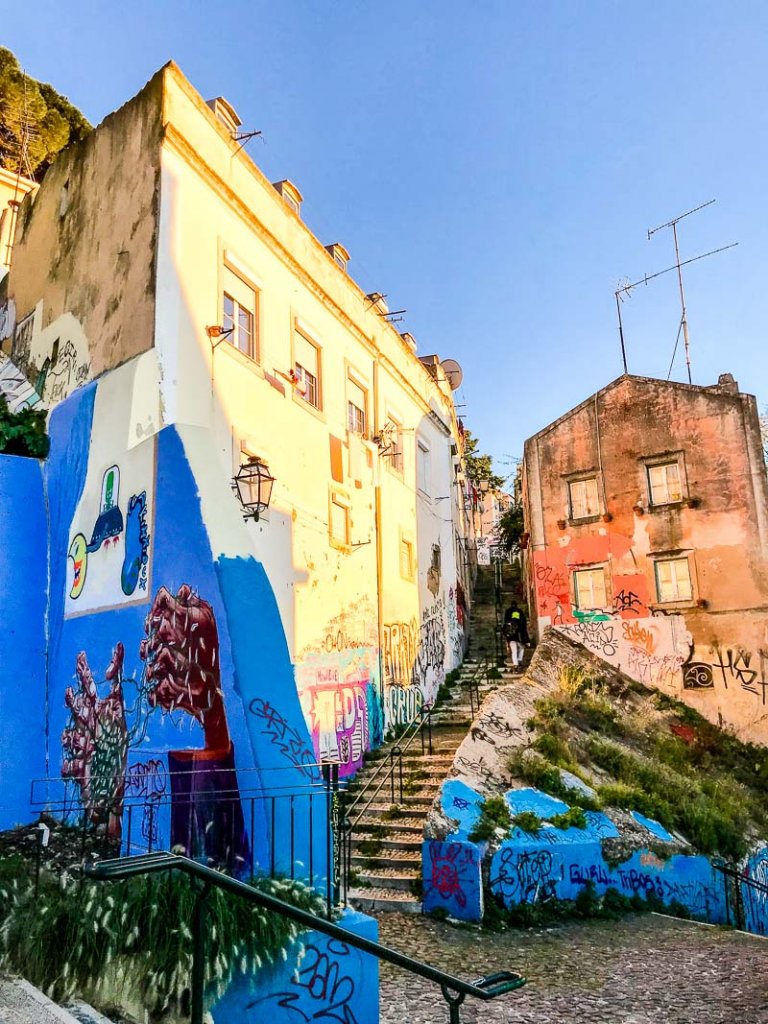
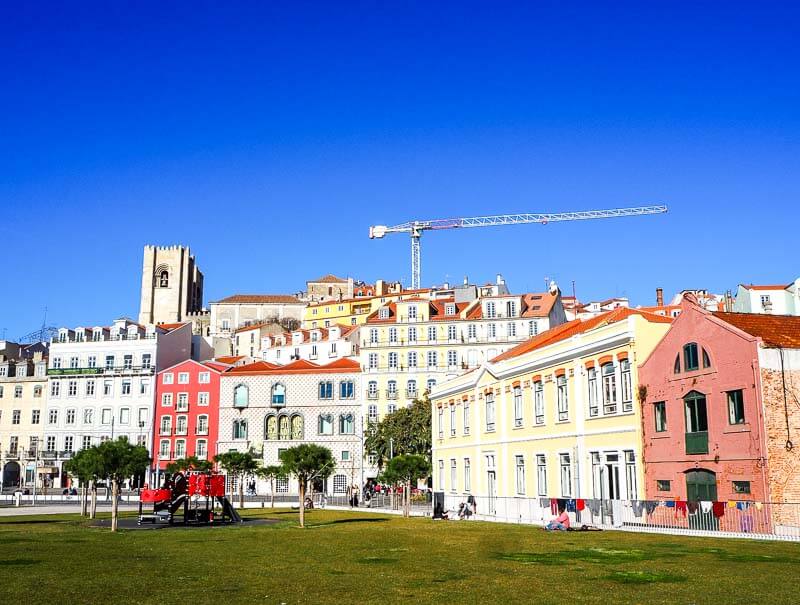
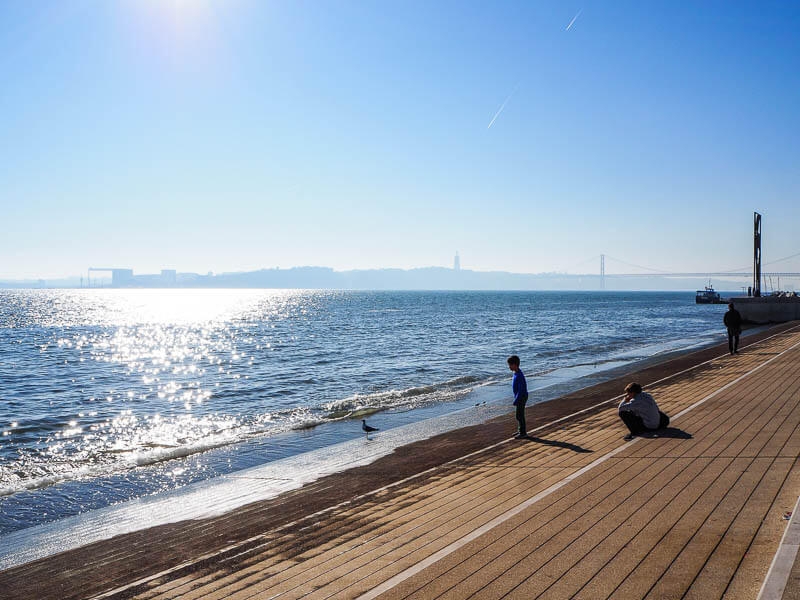
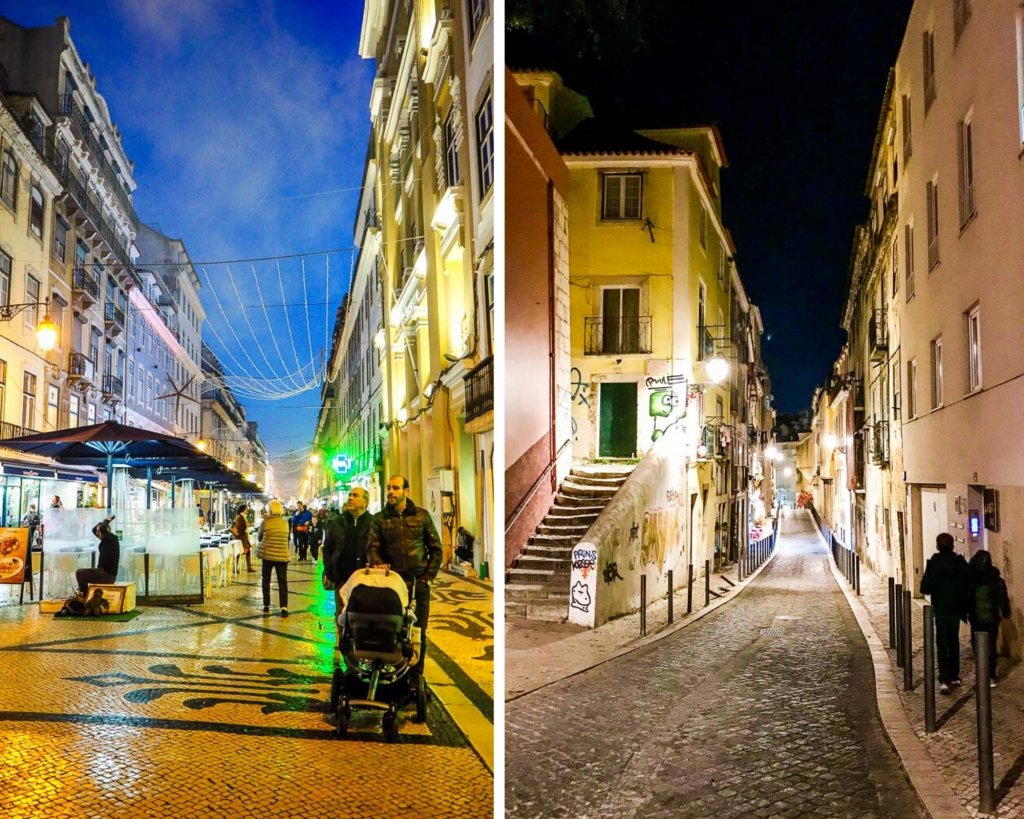
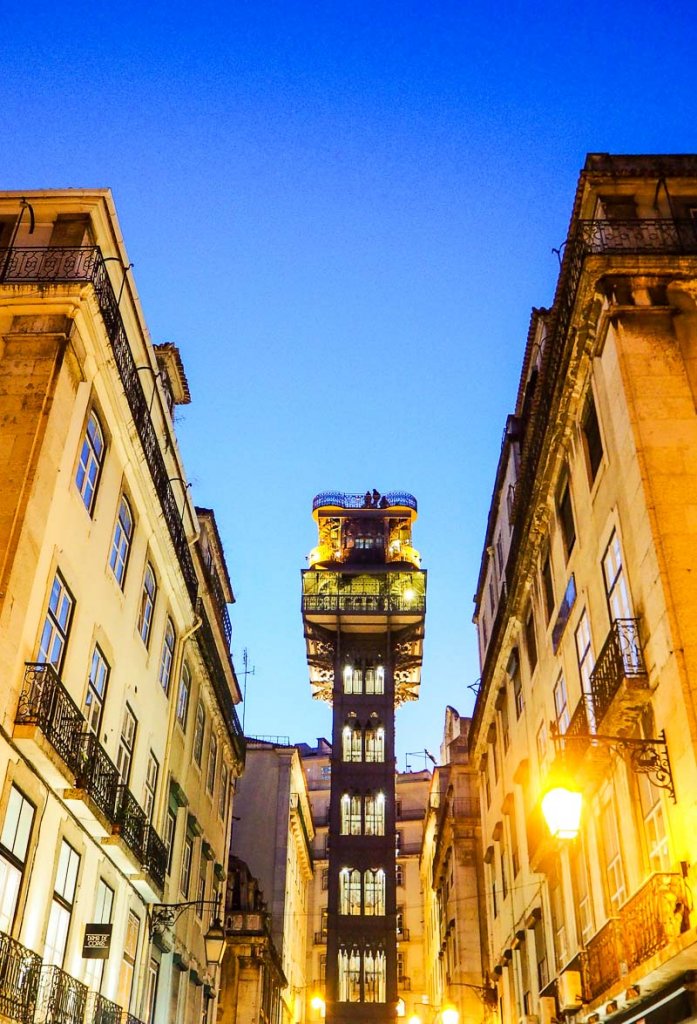
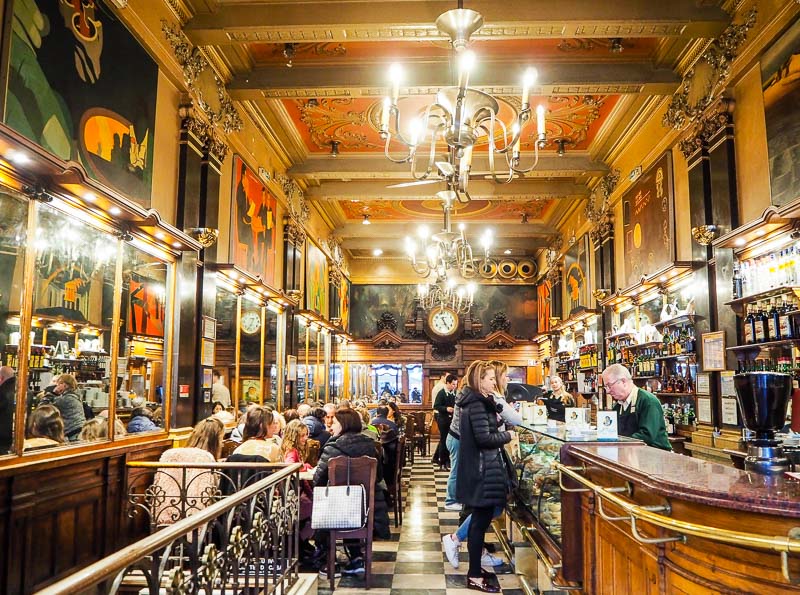
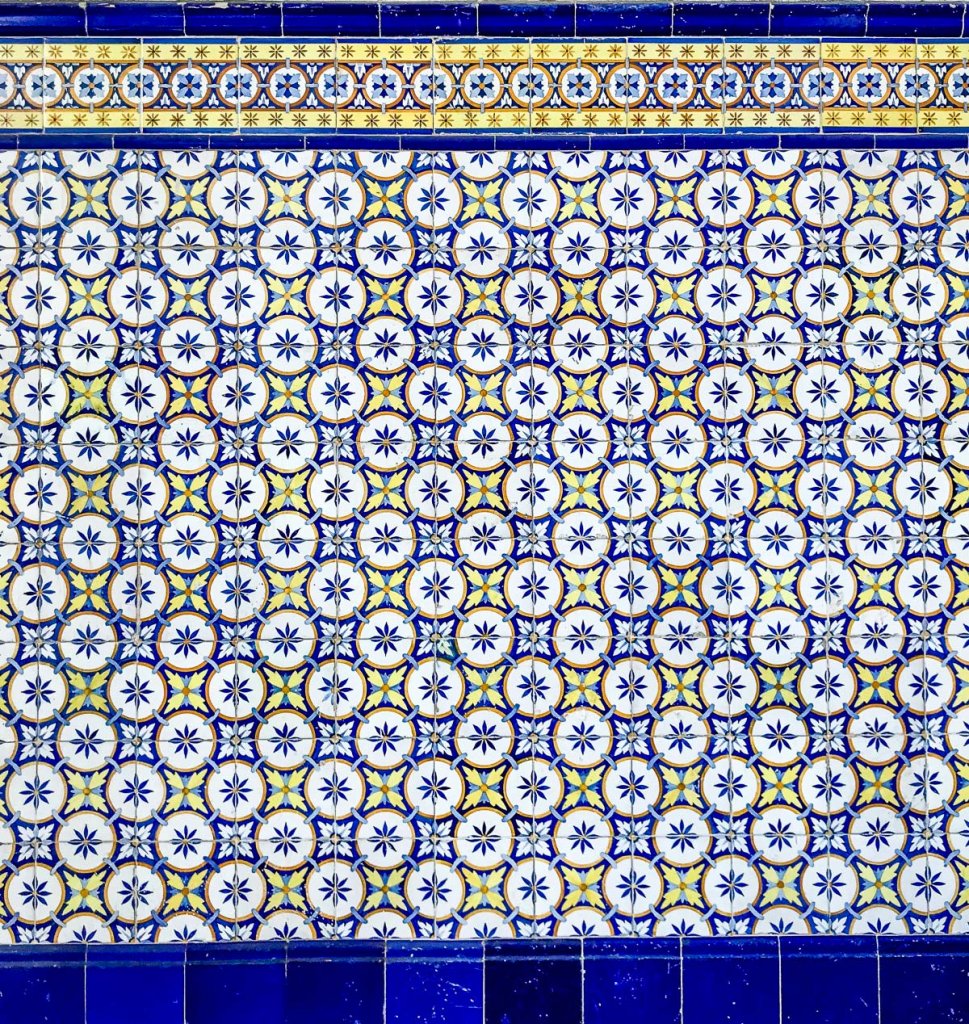
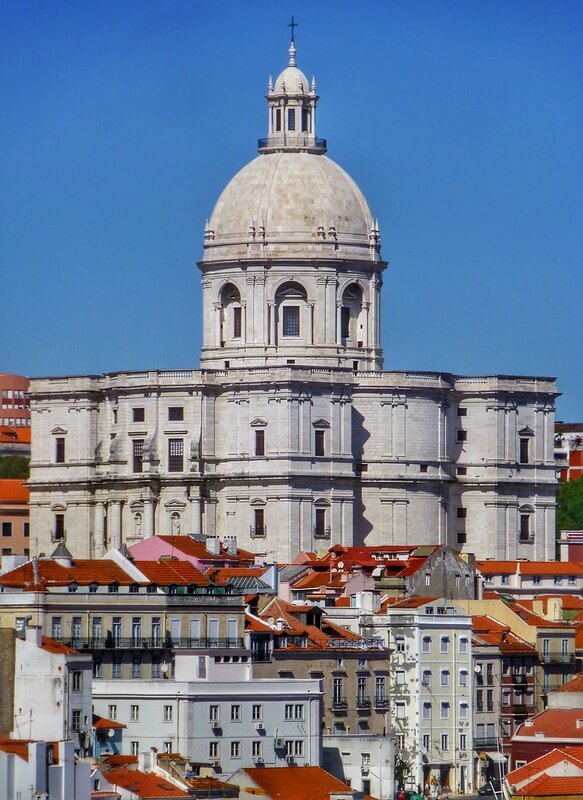
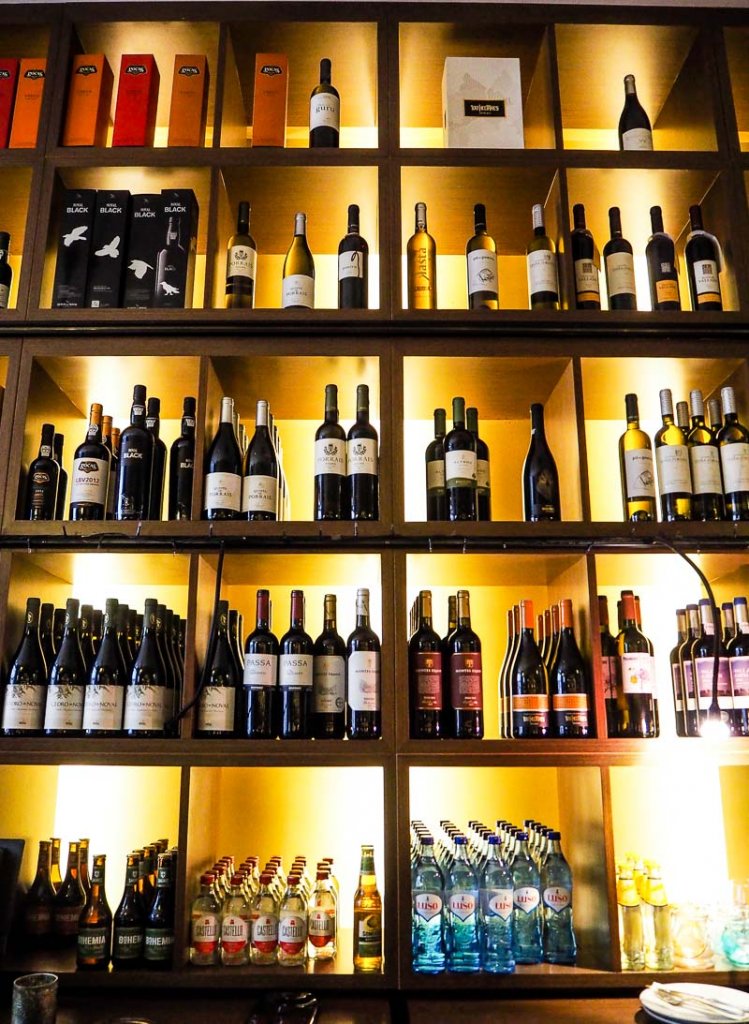
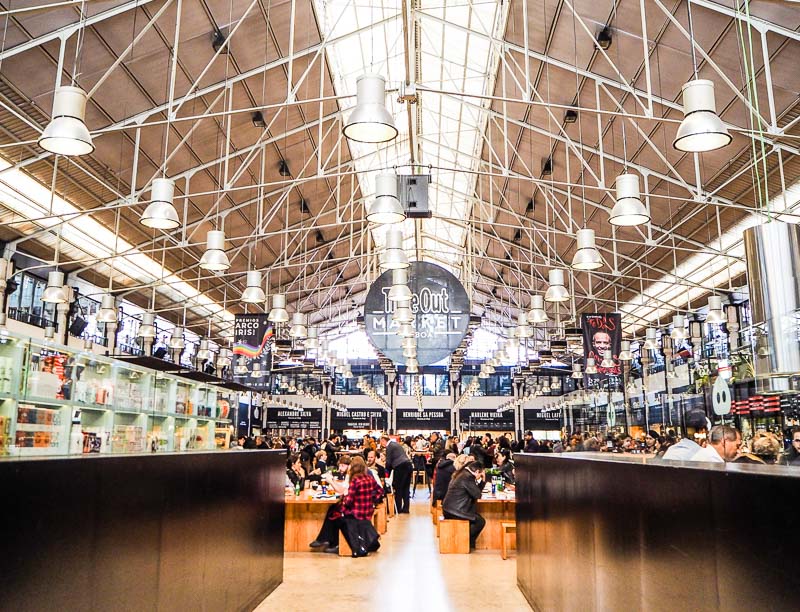
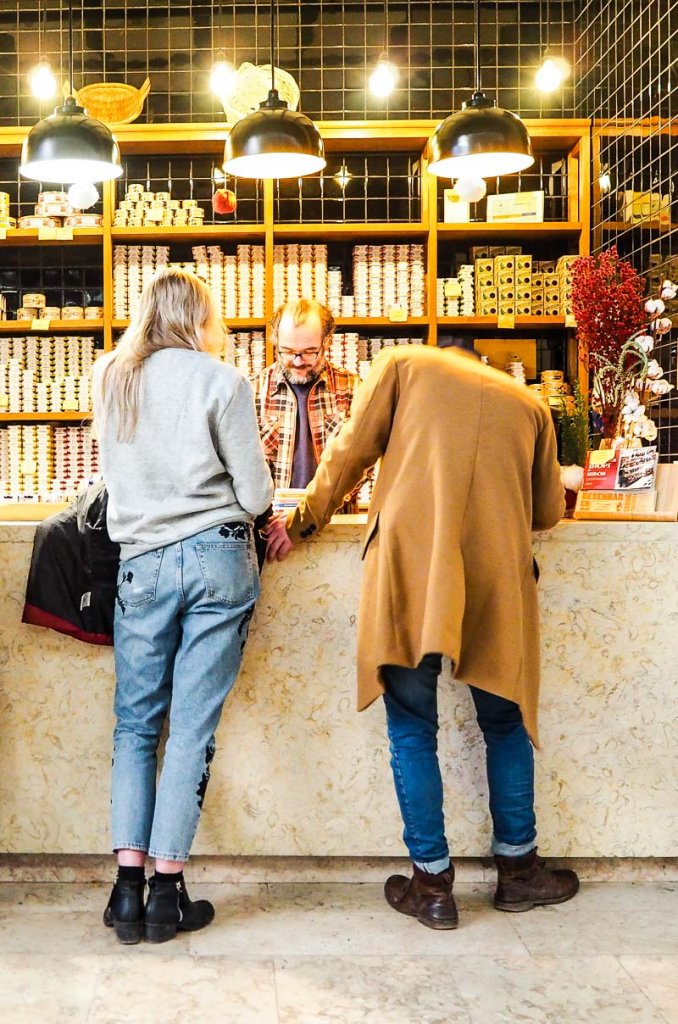
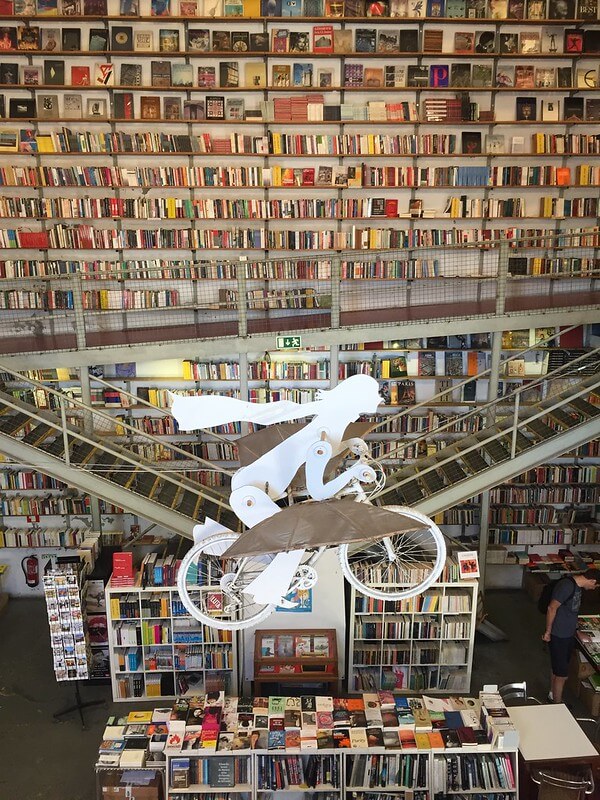

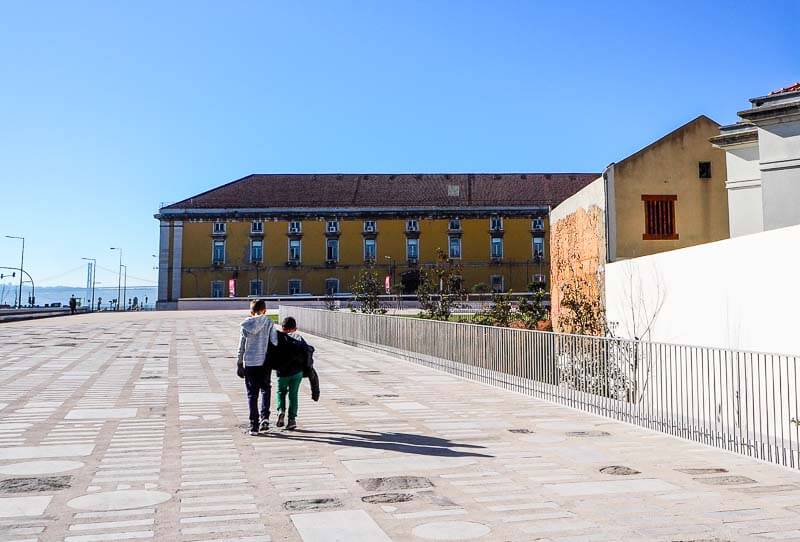

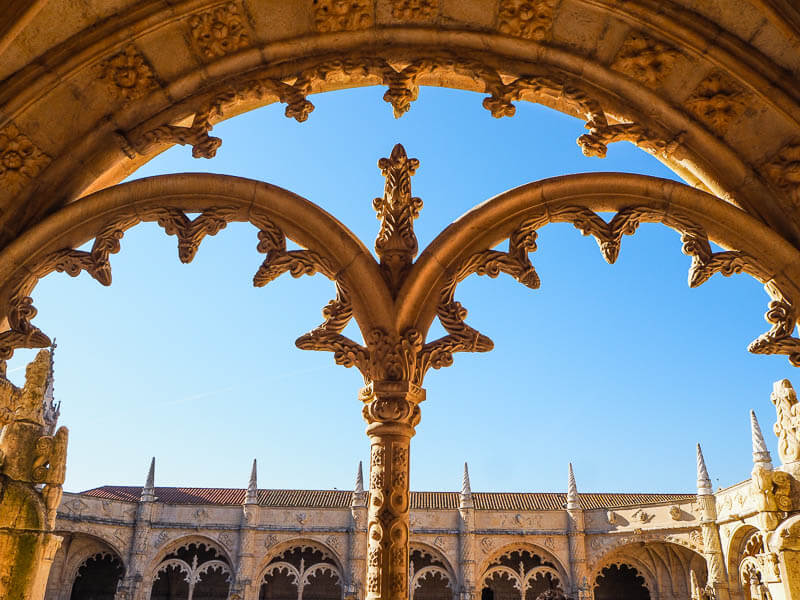
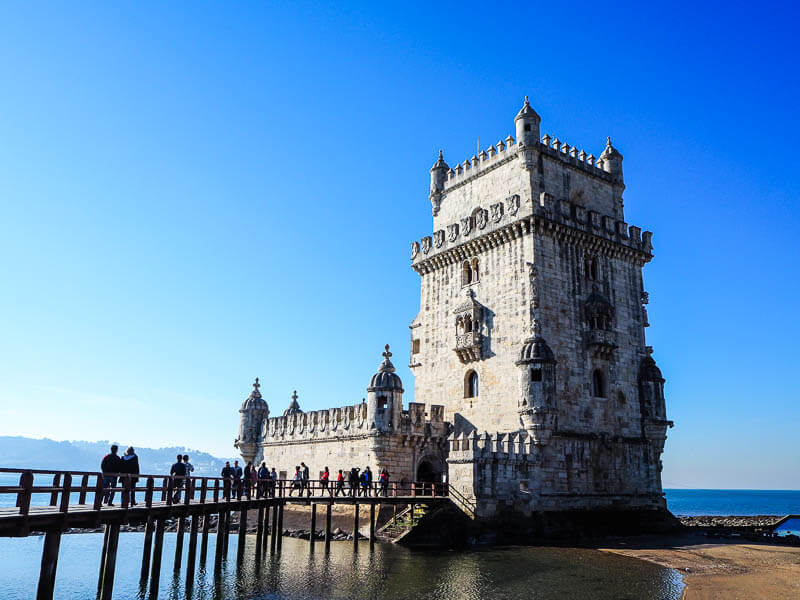
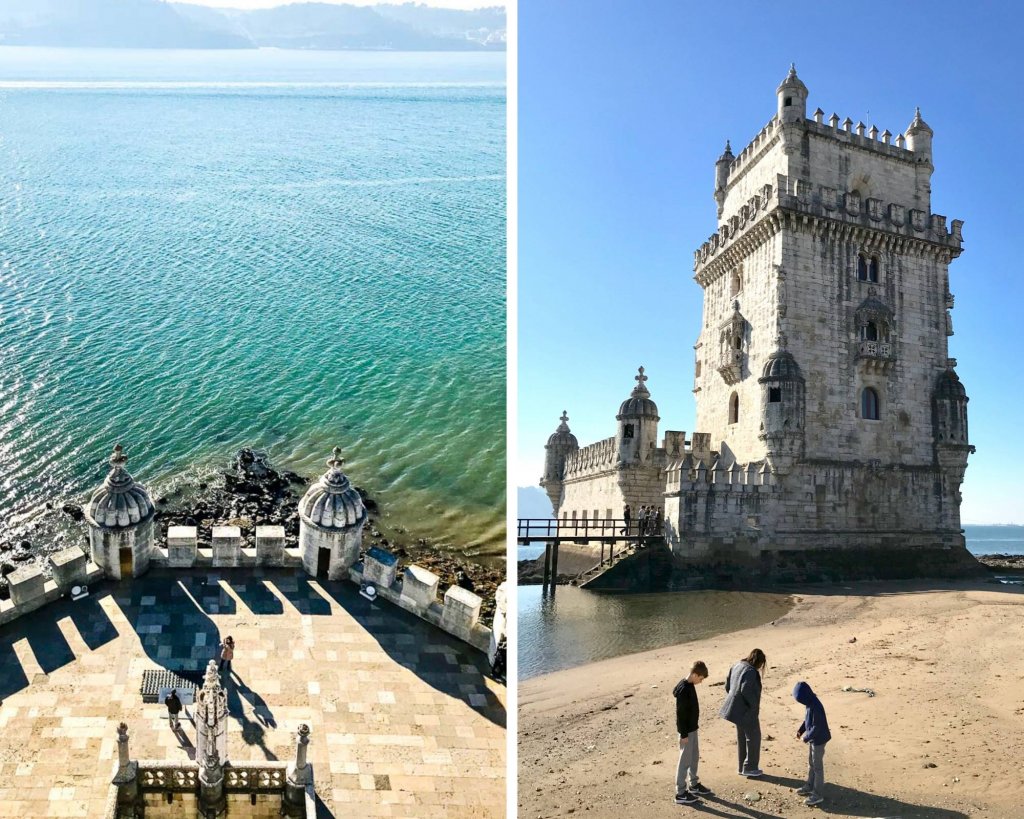

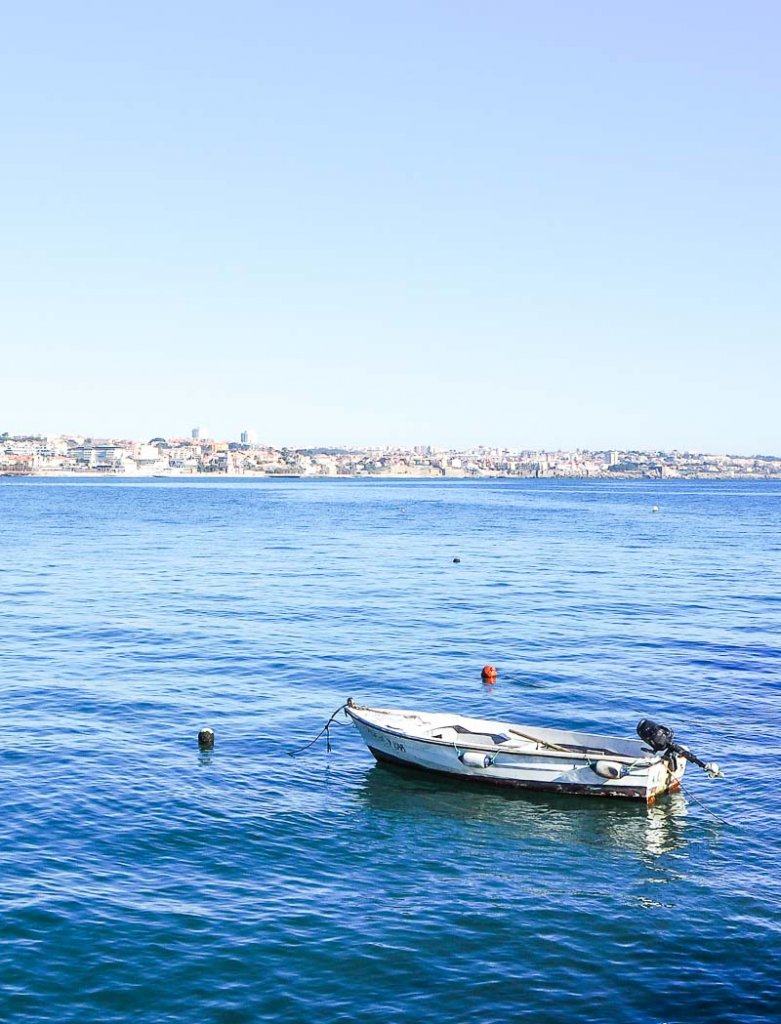
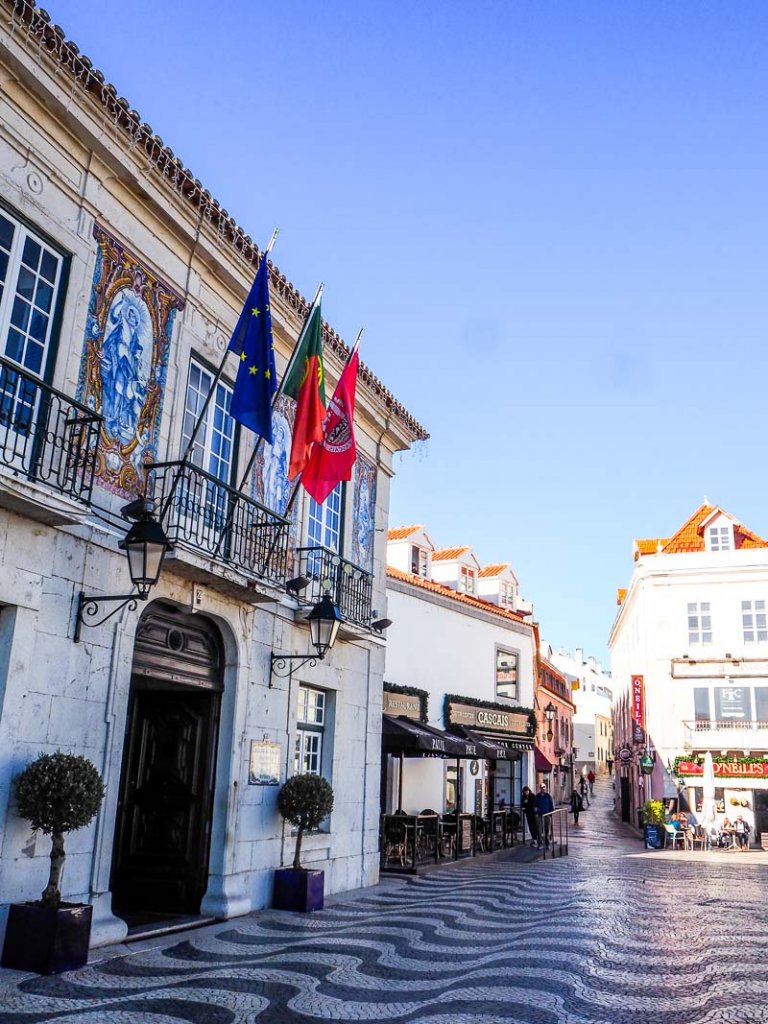
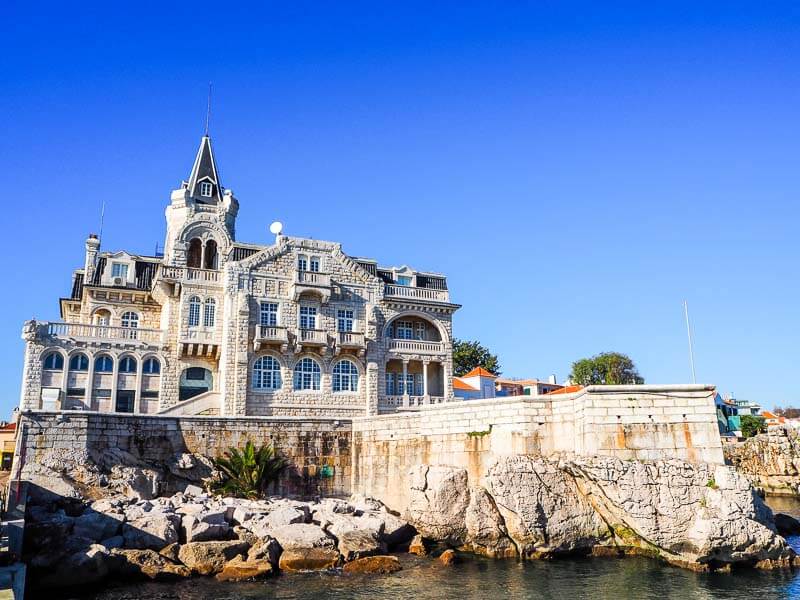

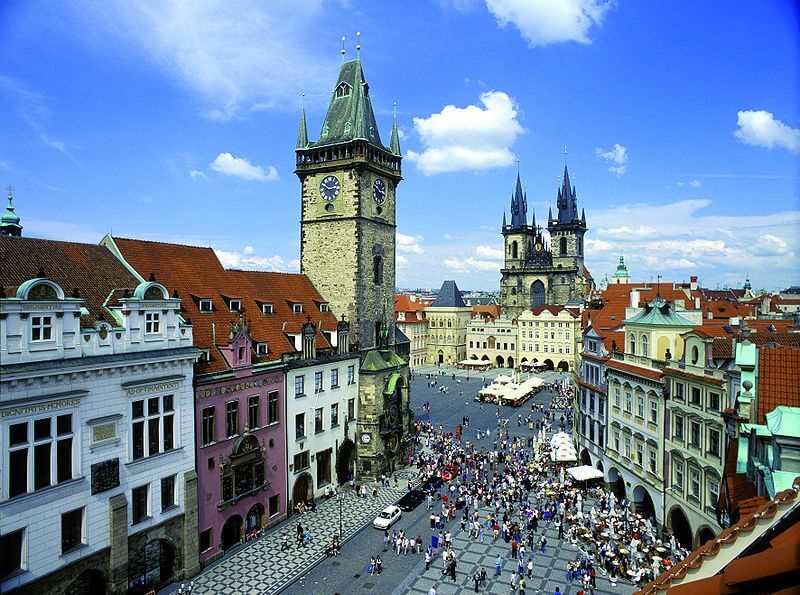
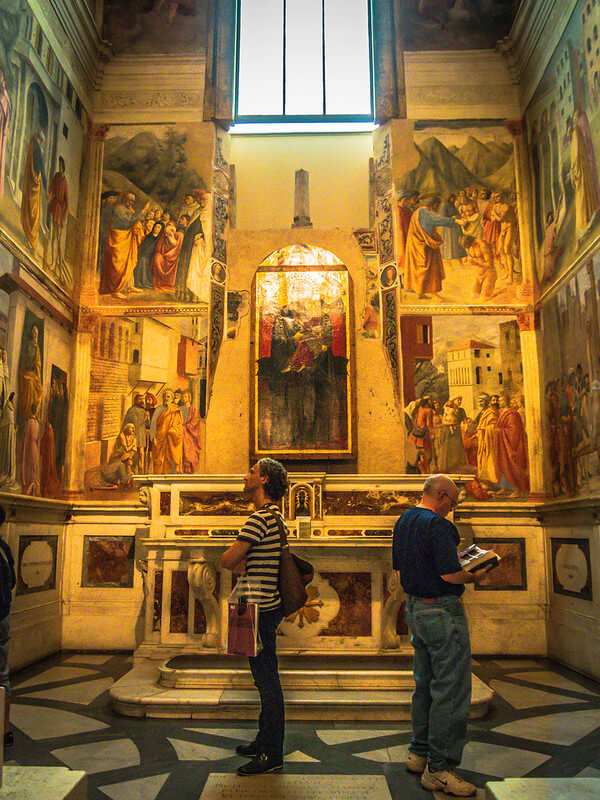
This post is giving me FOMO! I love Lisbon so dang much. Wish I could move there!
Your photos and articles about Lisbon were one of the reasons we wanted to visit! I agree–it is a place we could move, too. Loved it and look forward to going back some day.